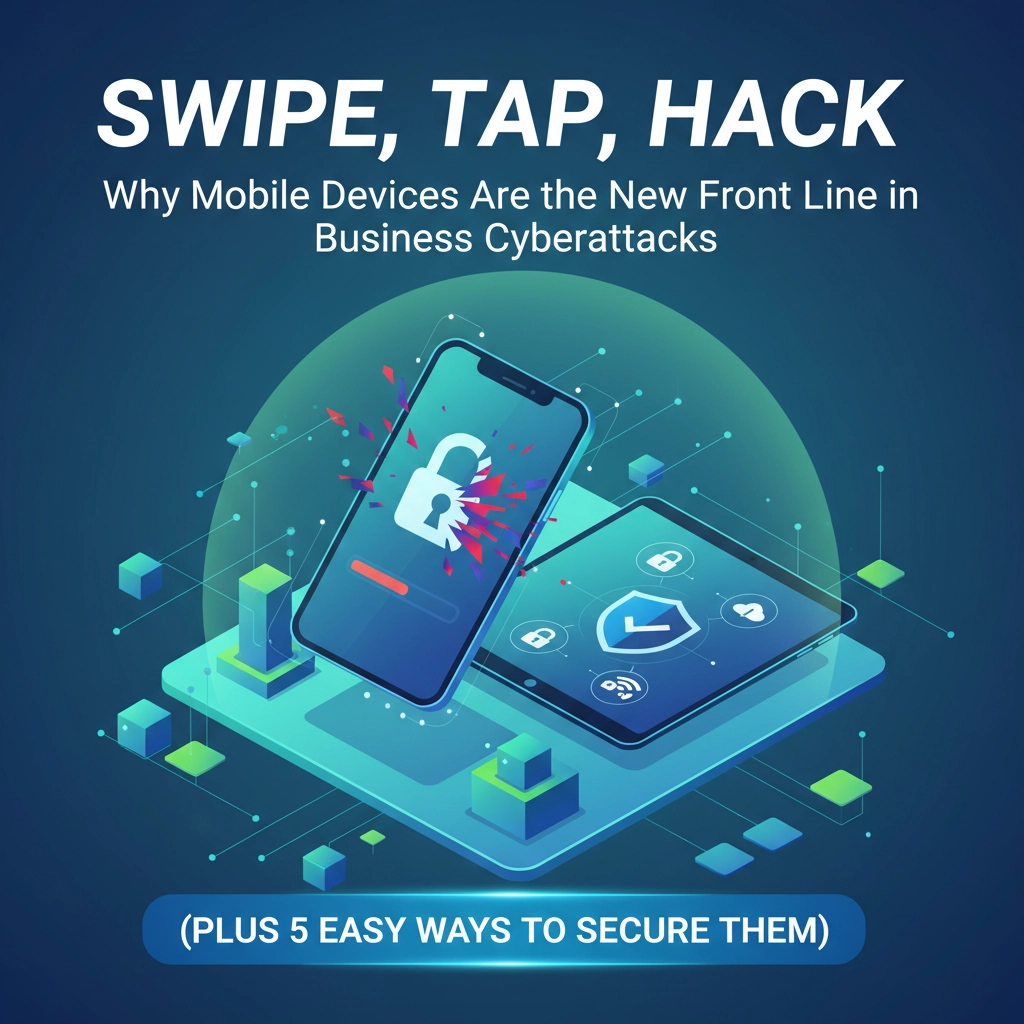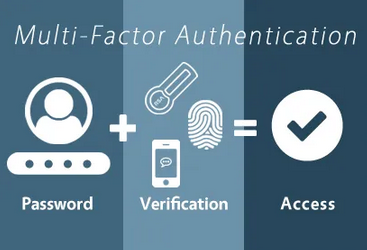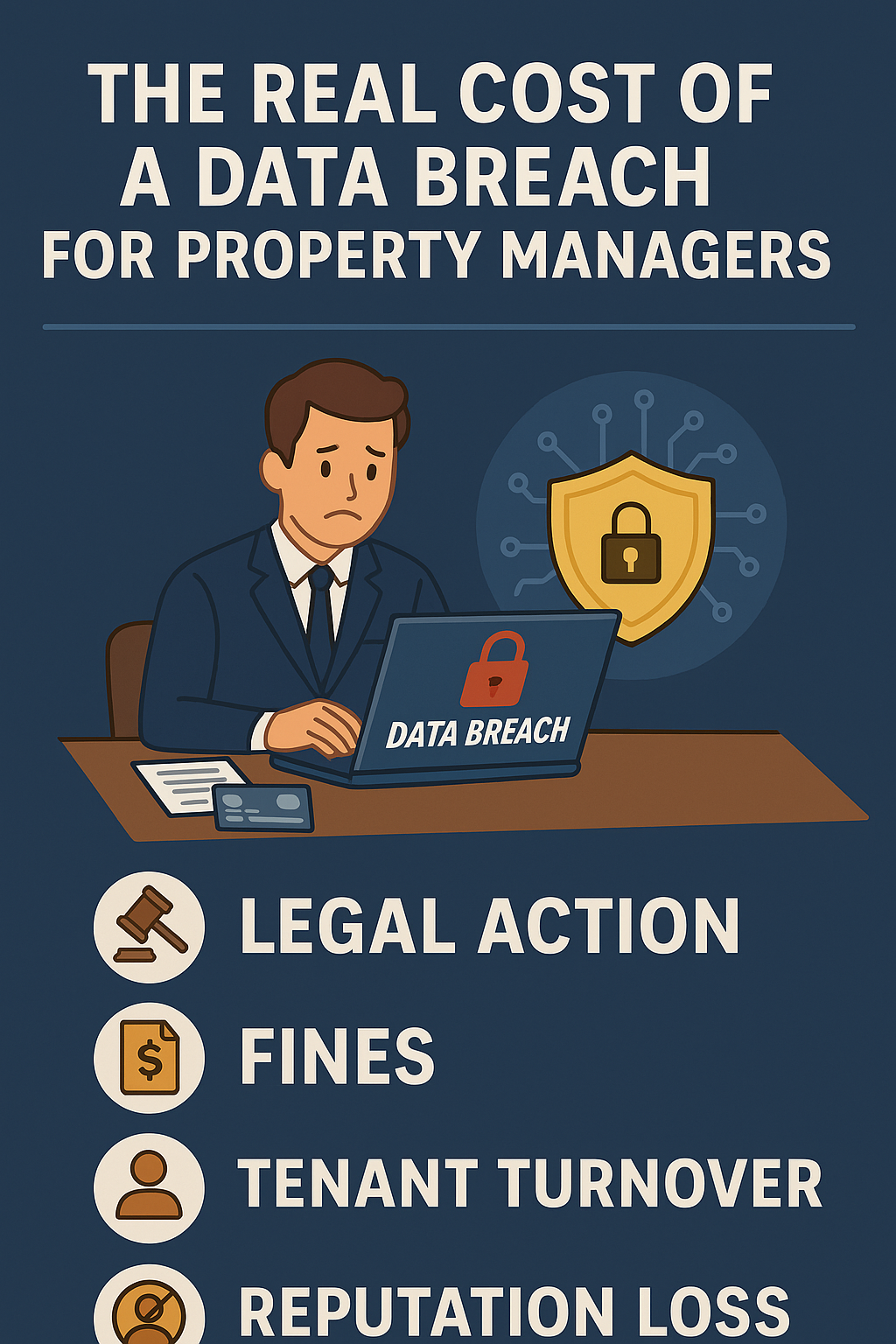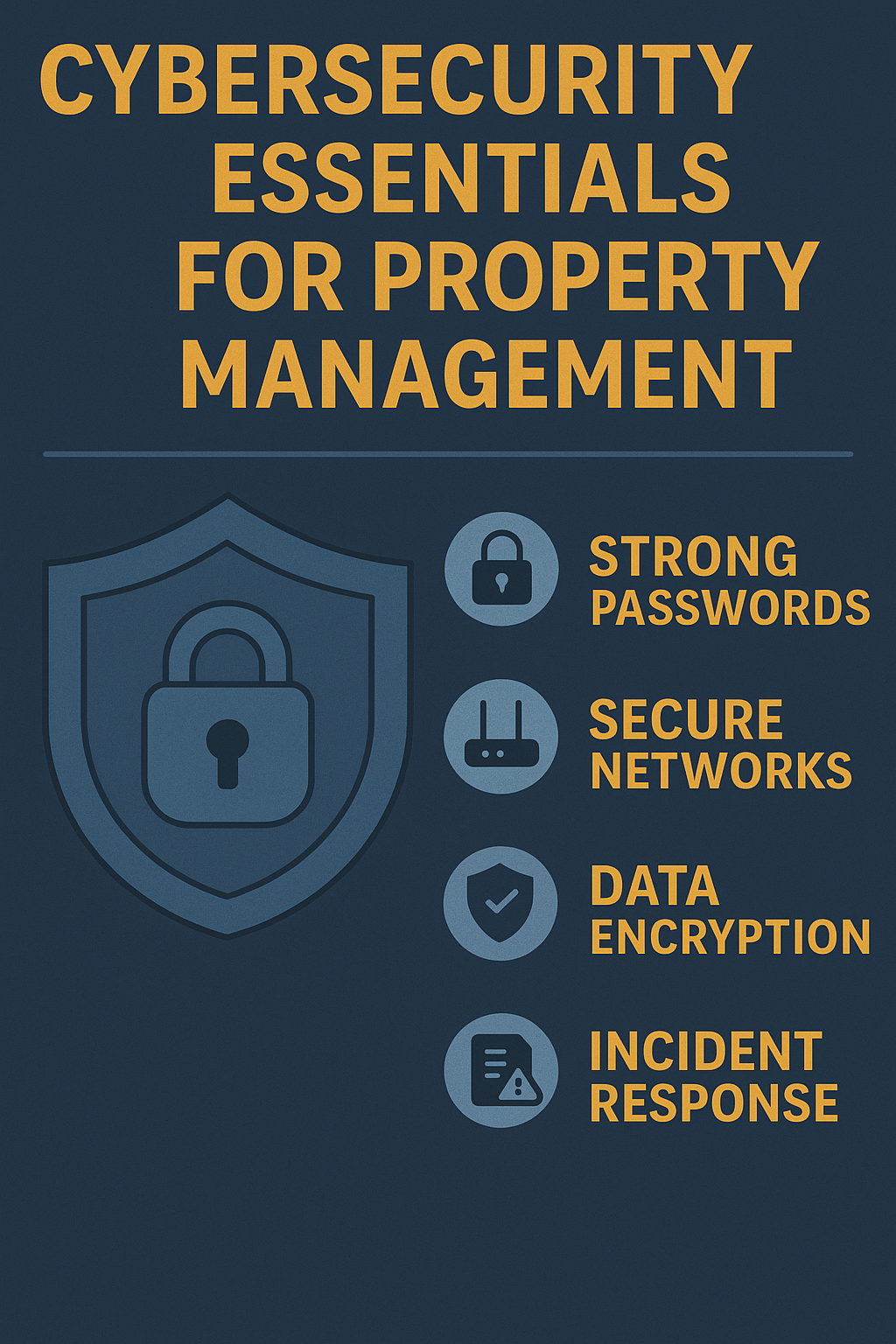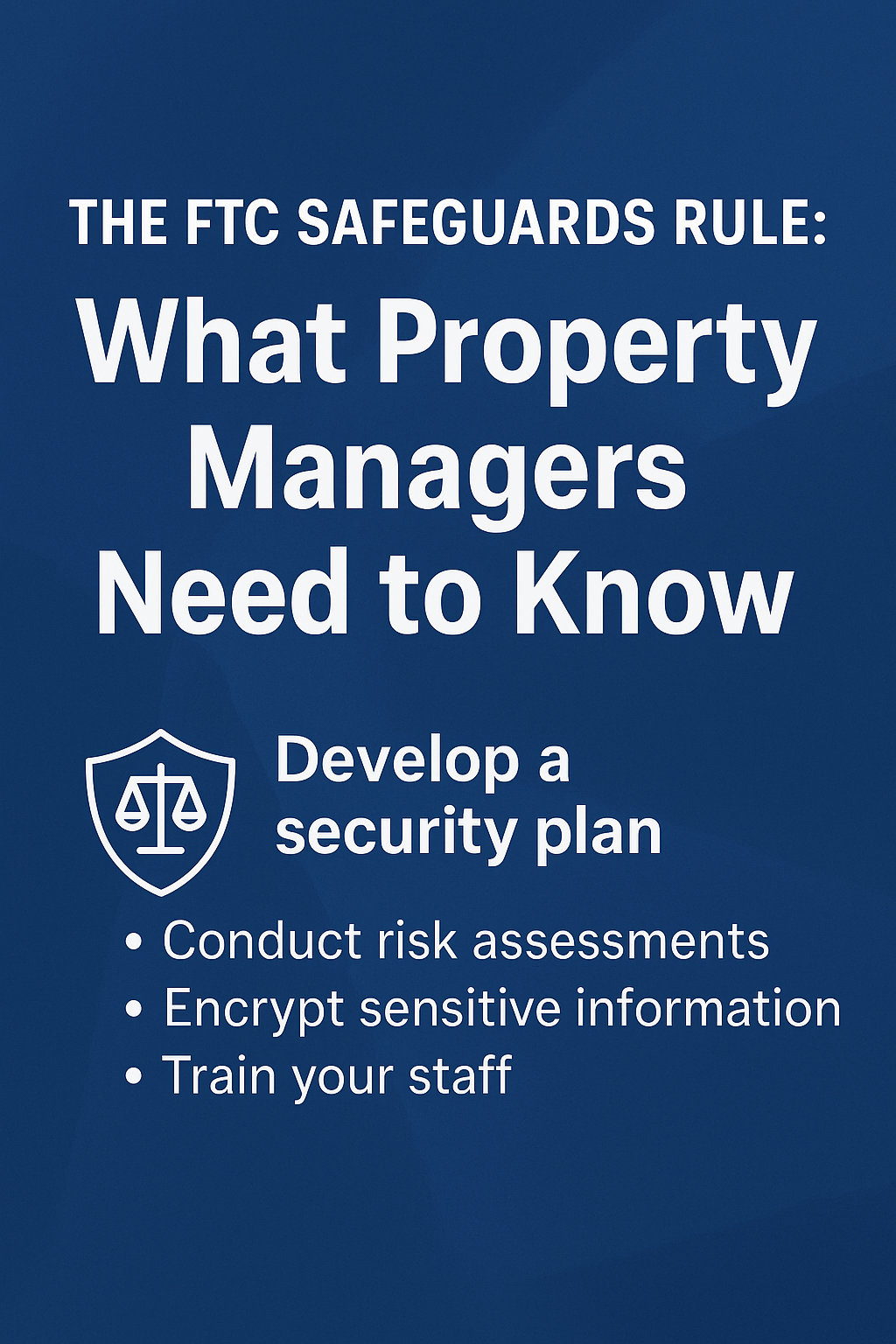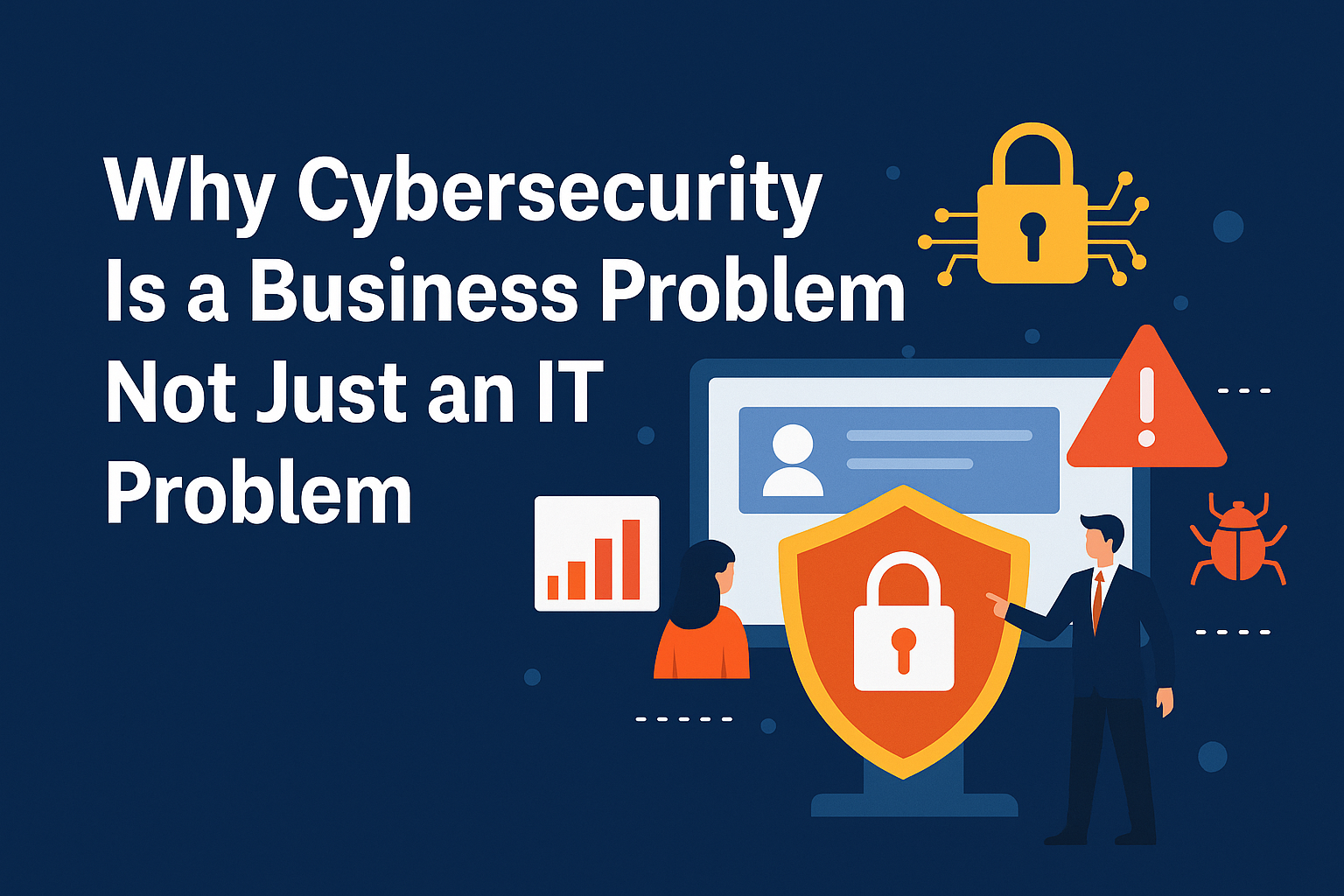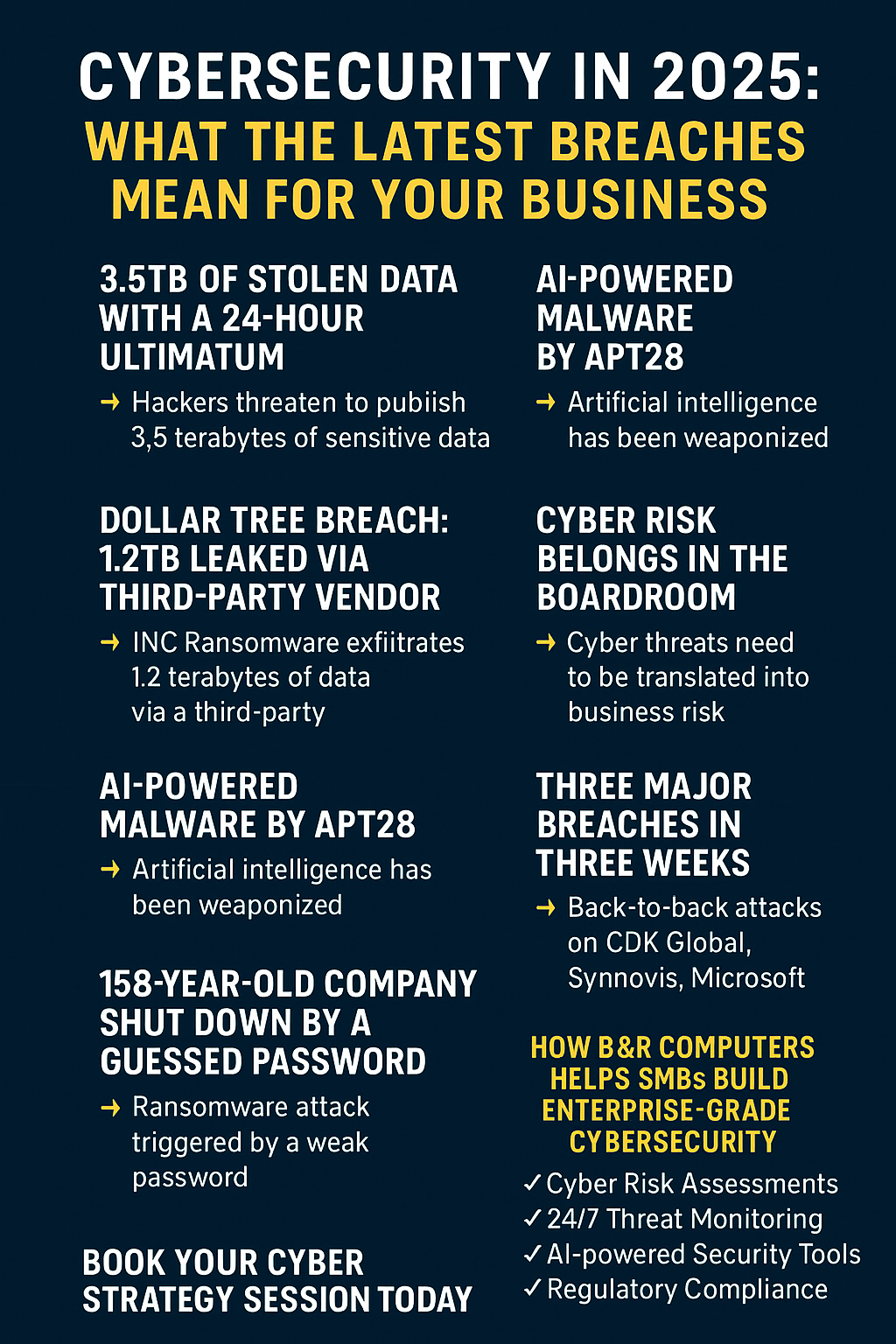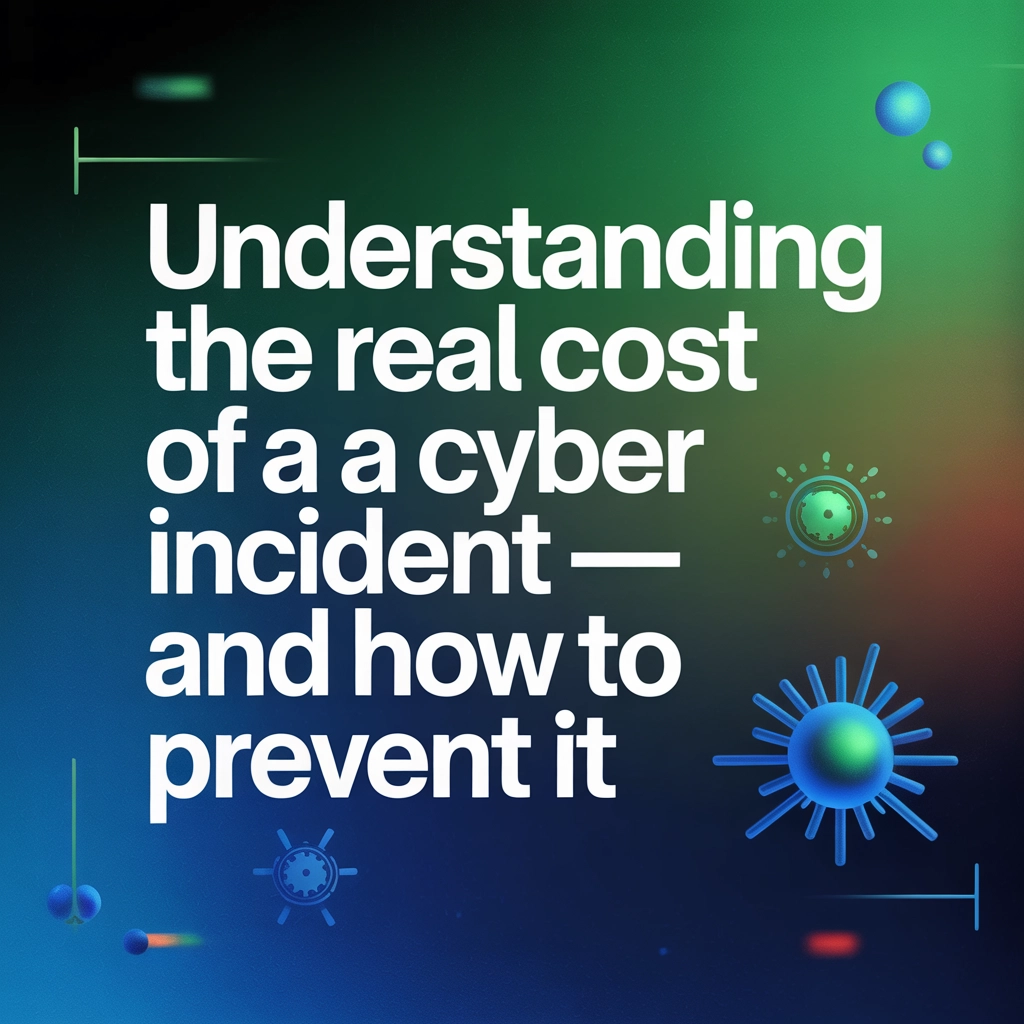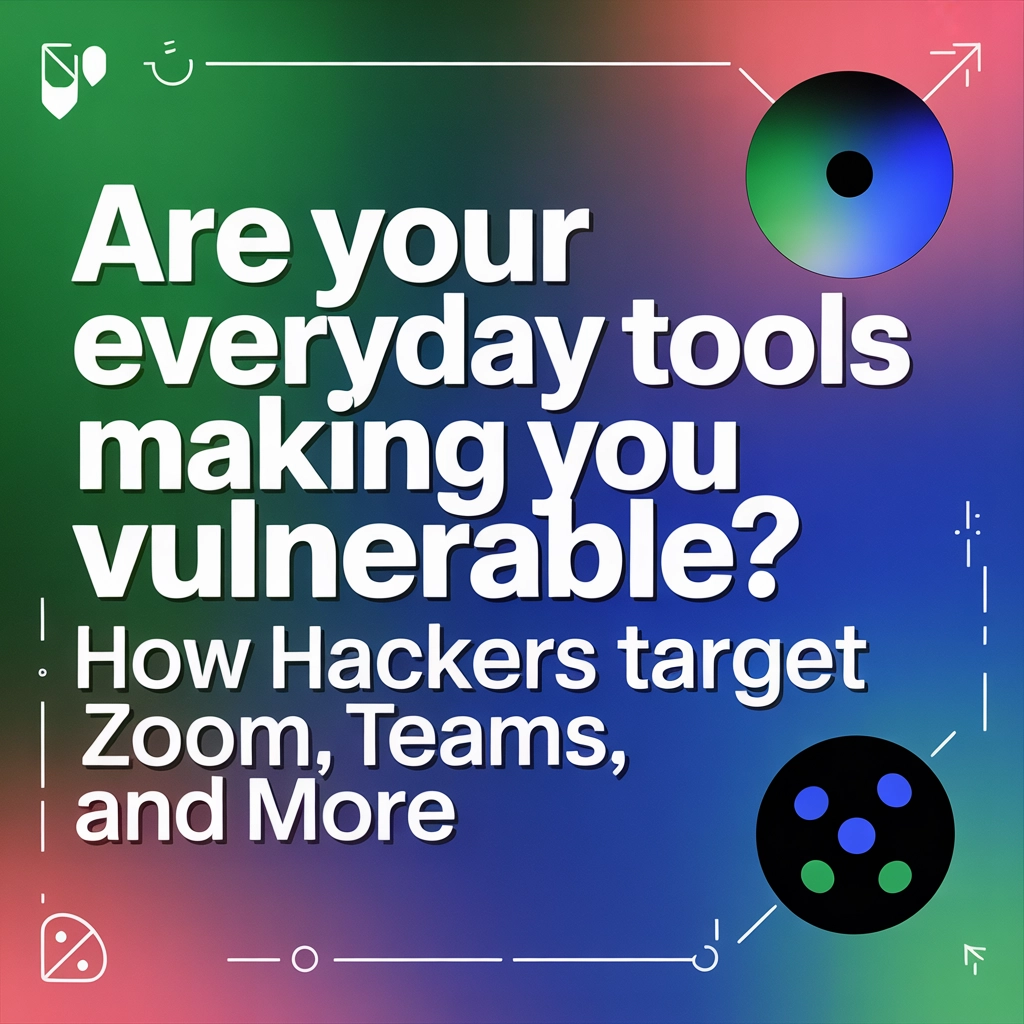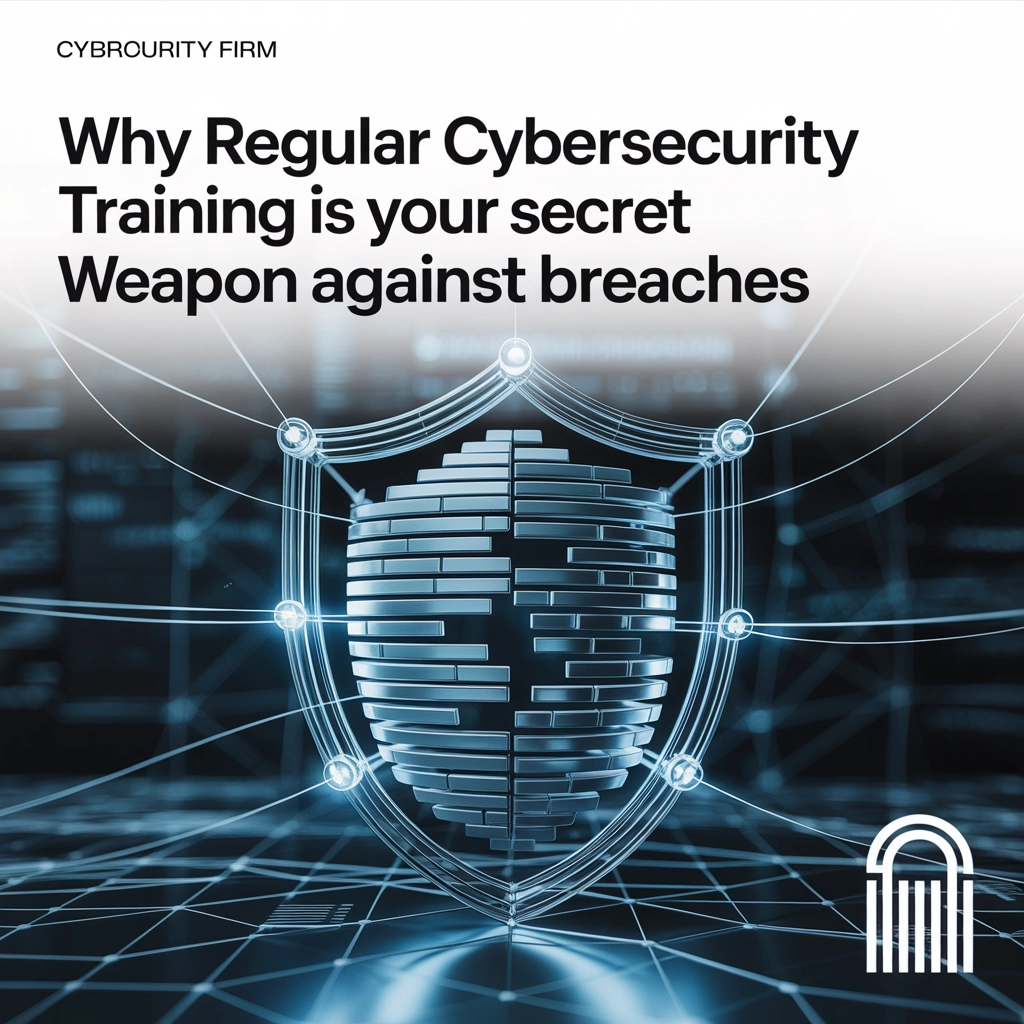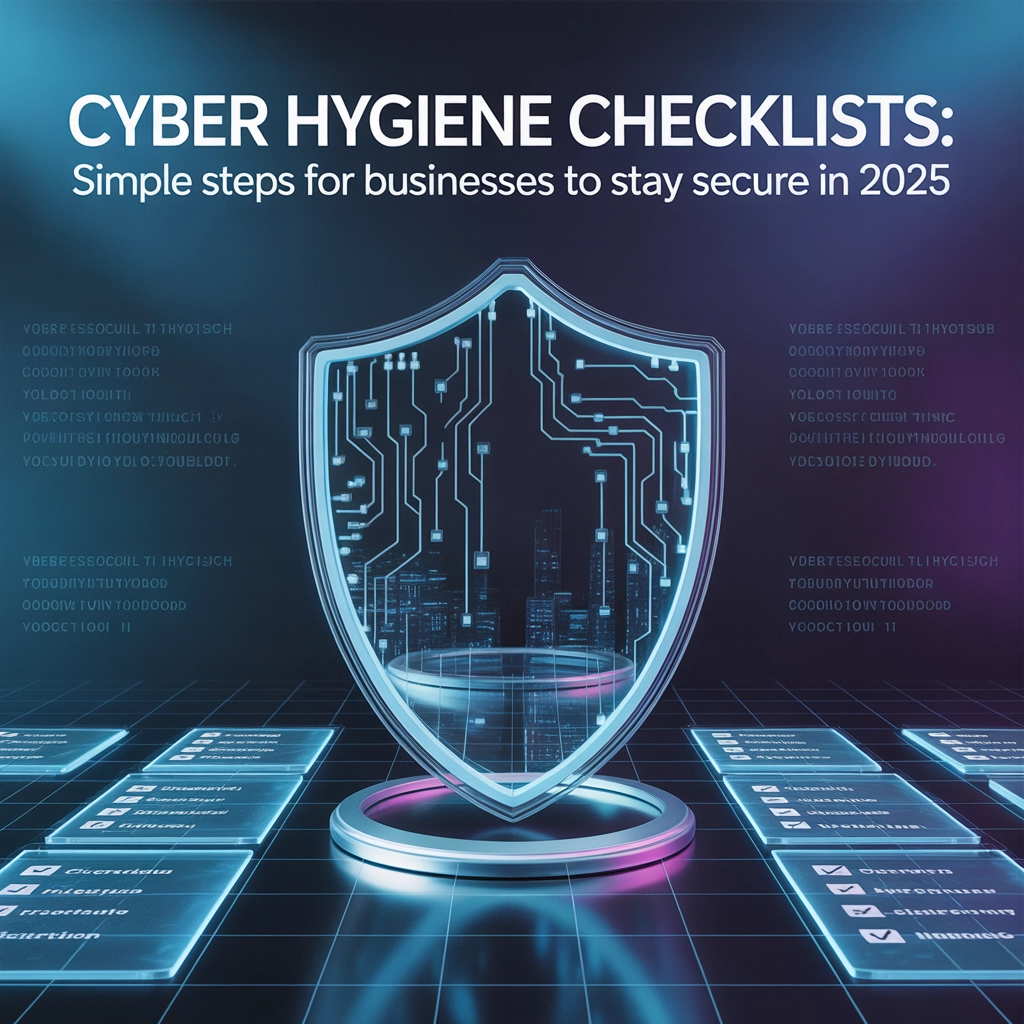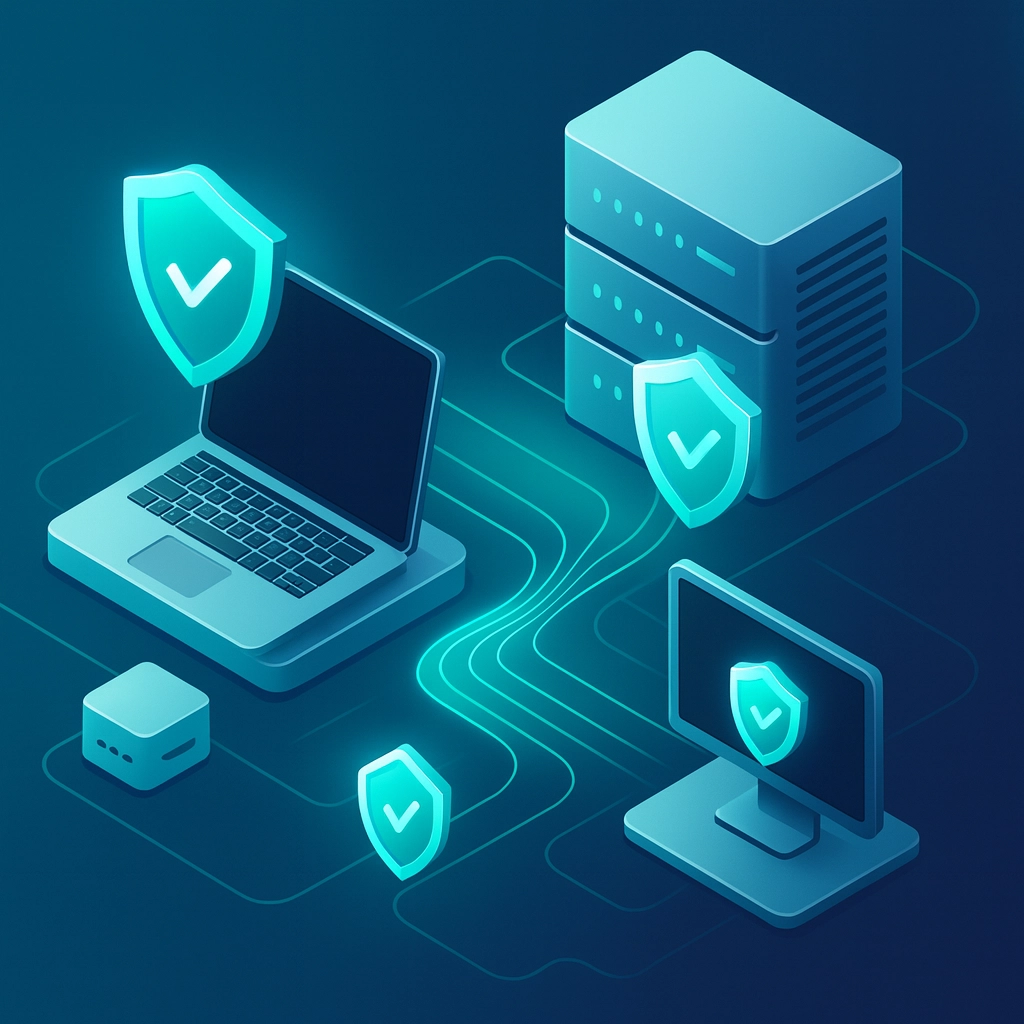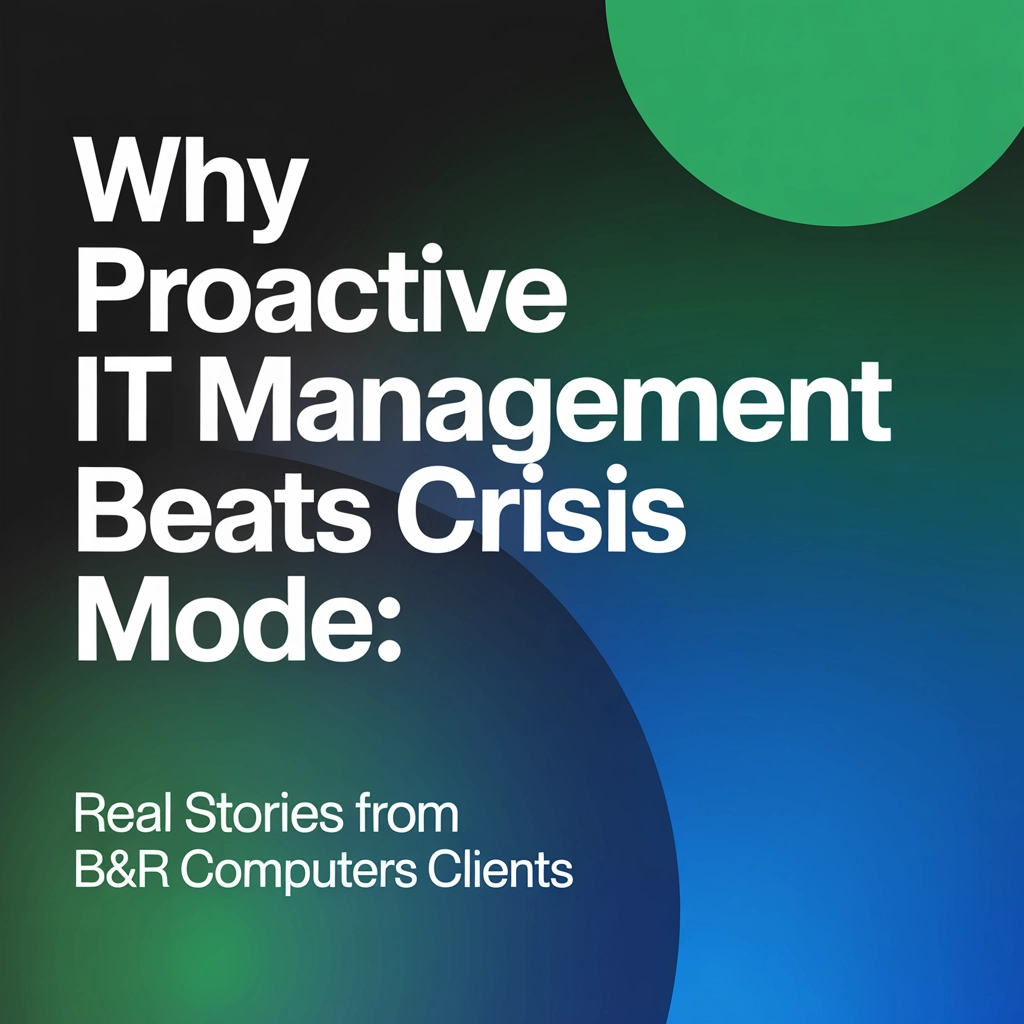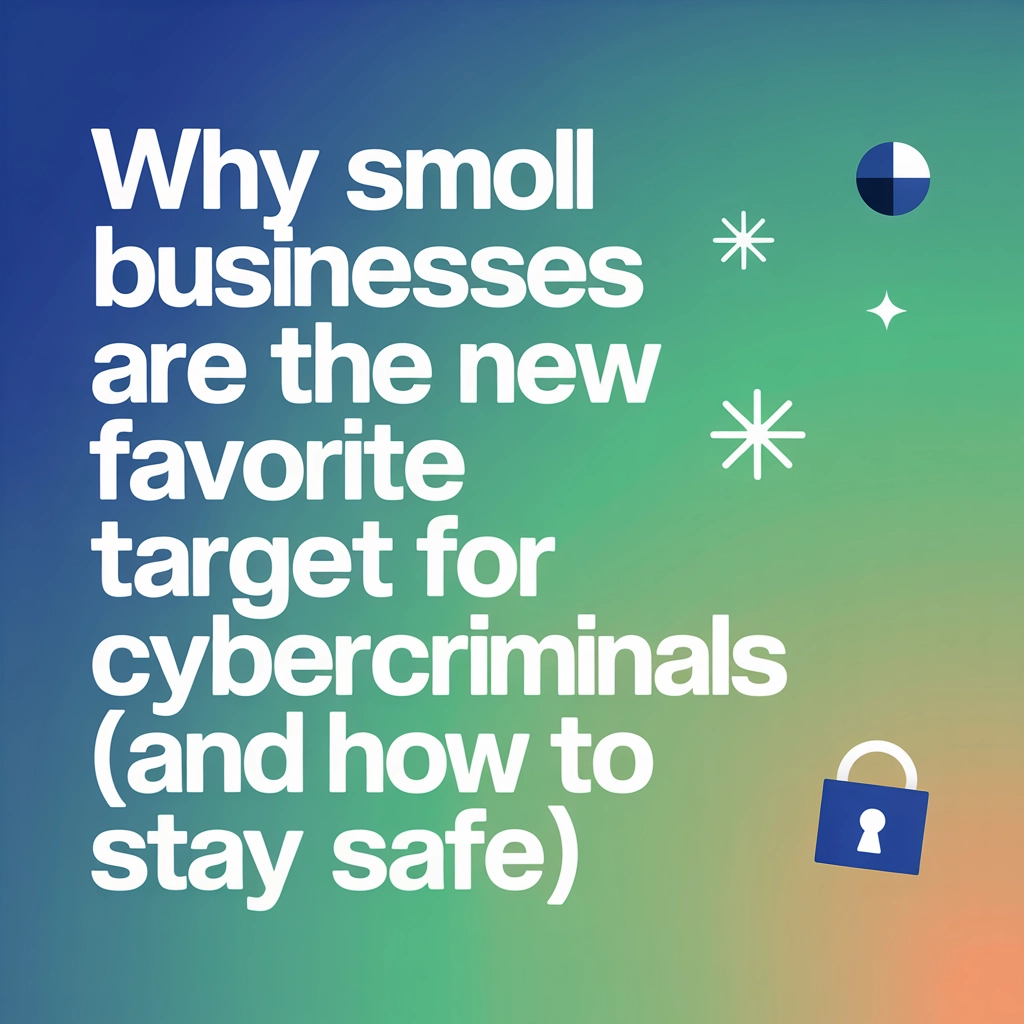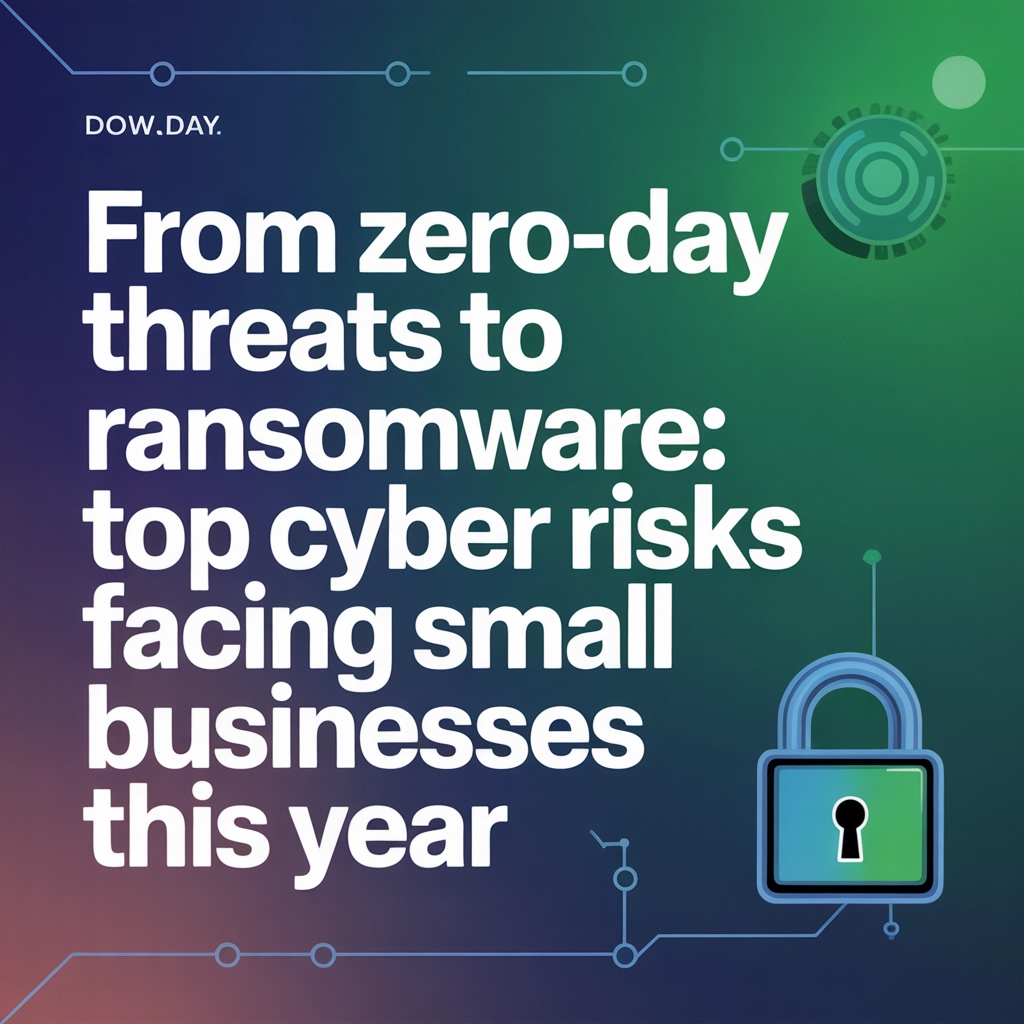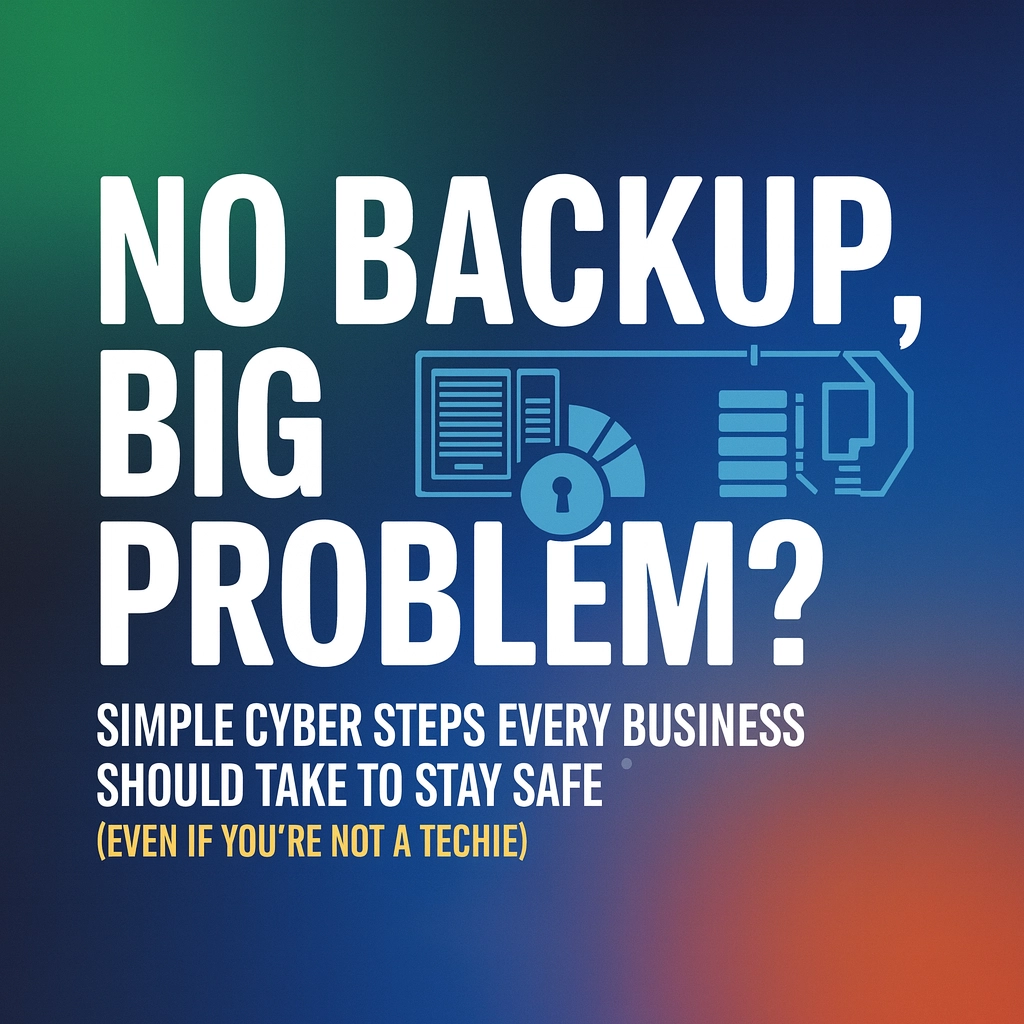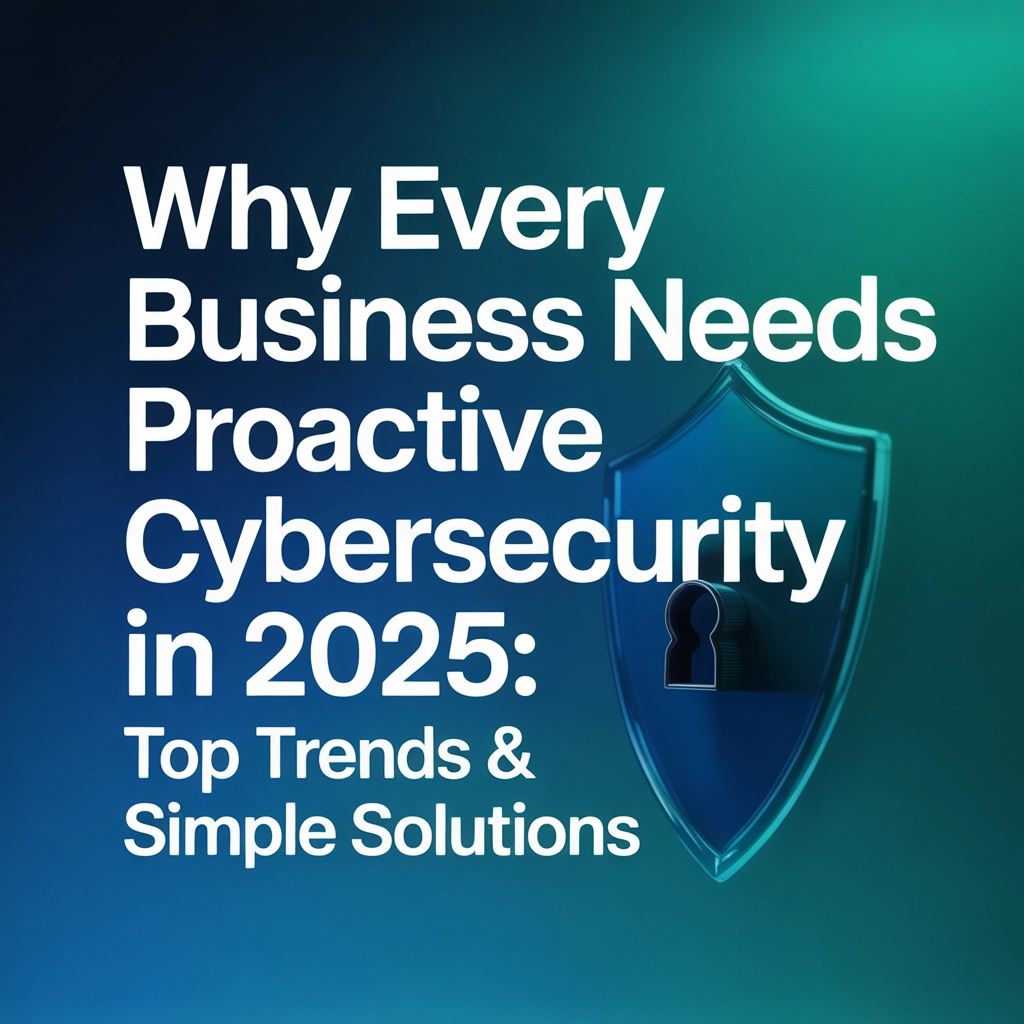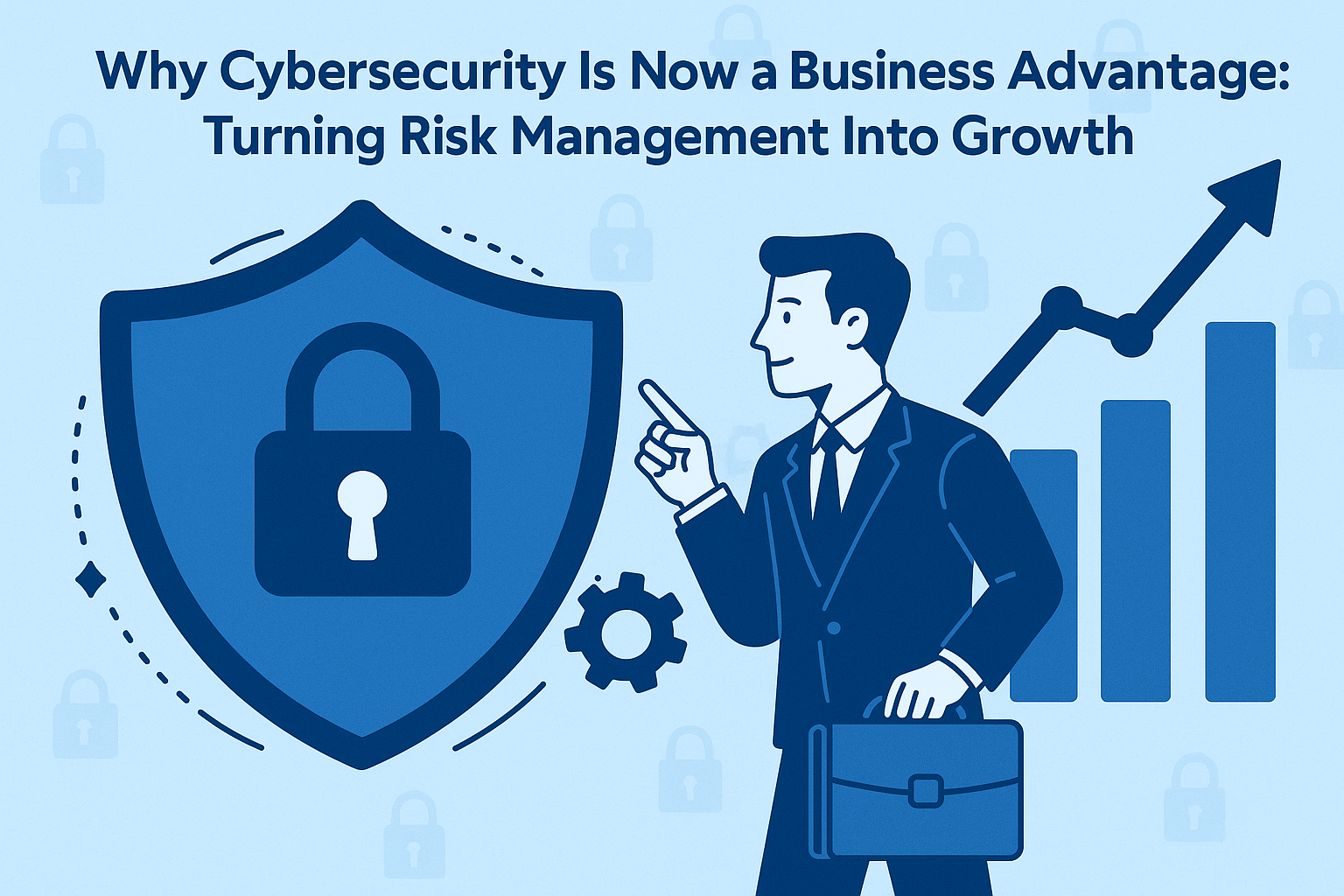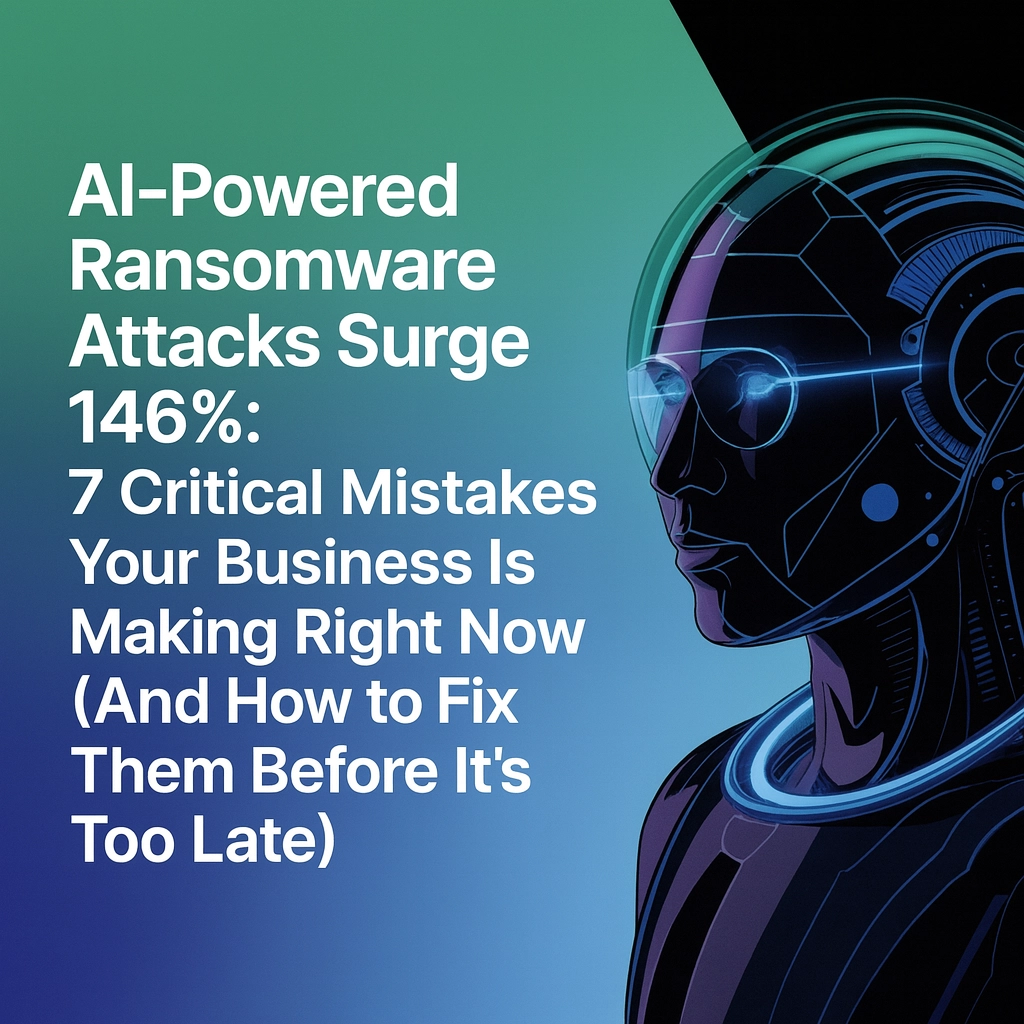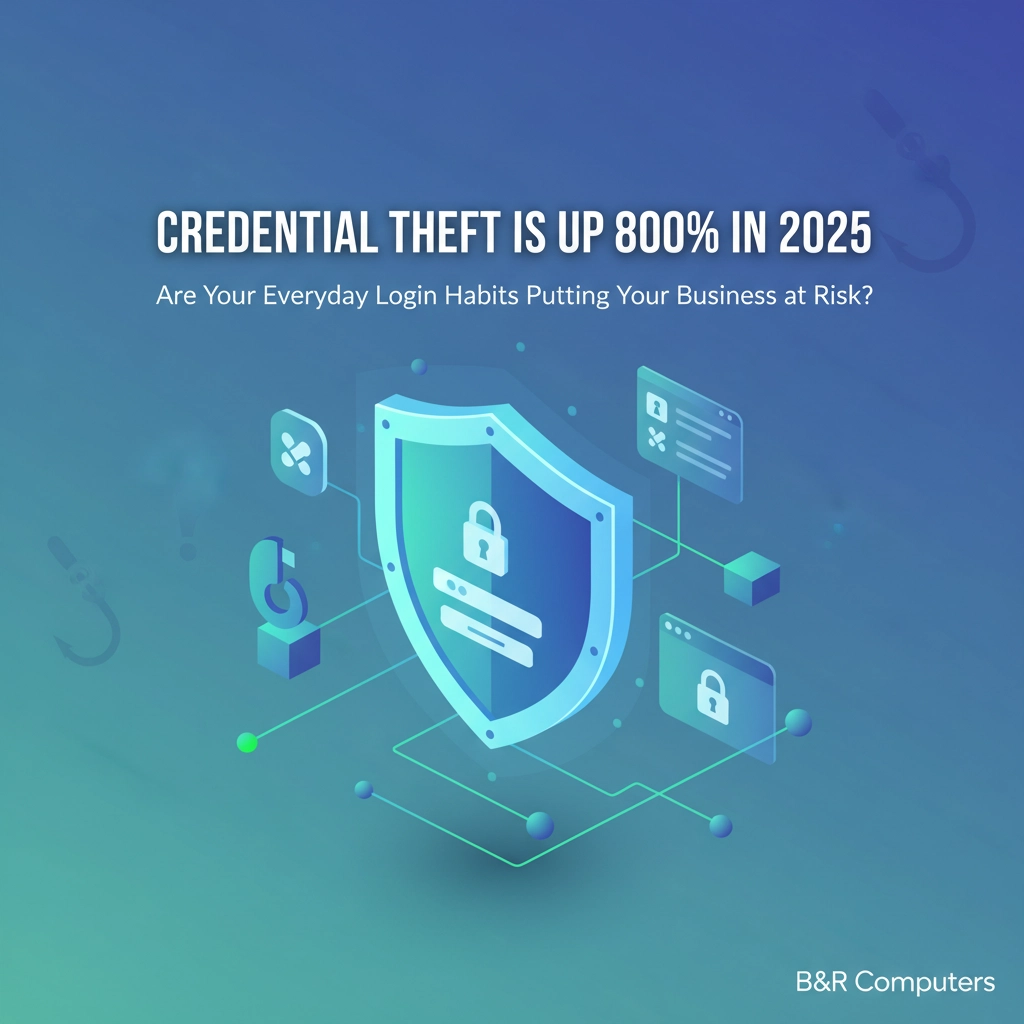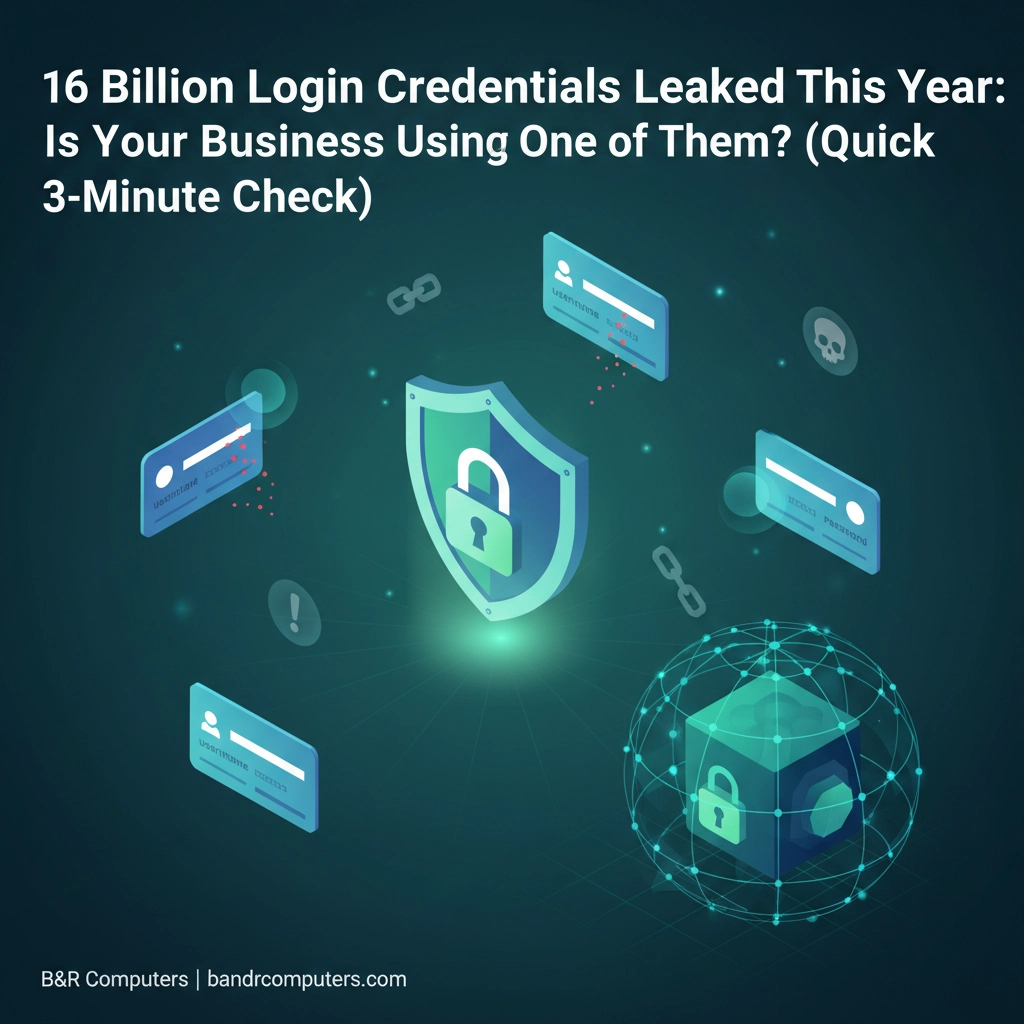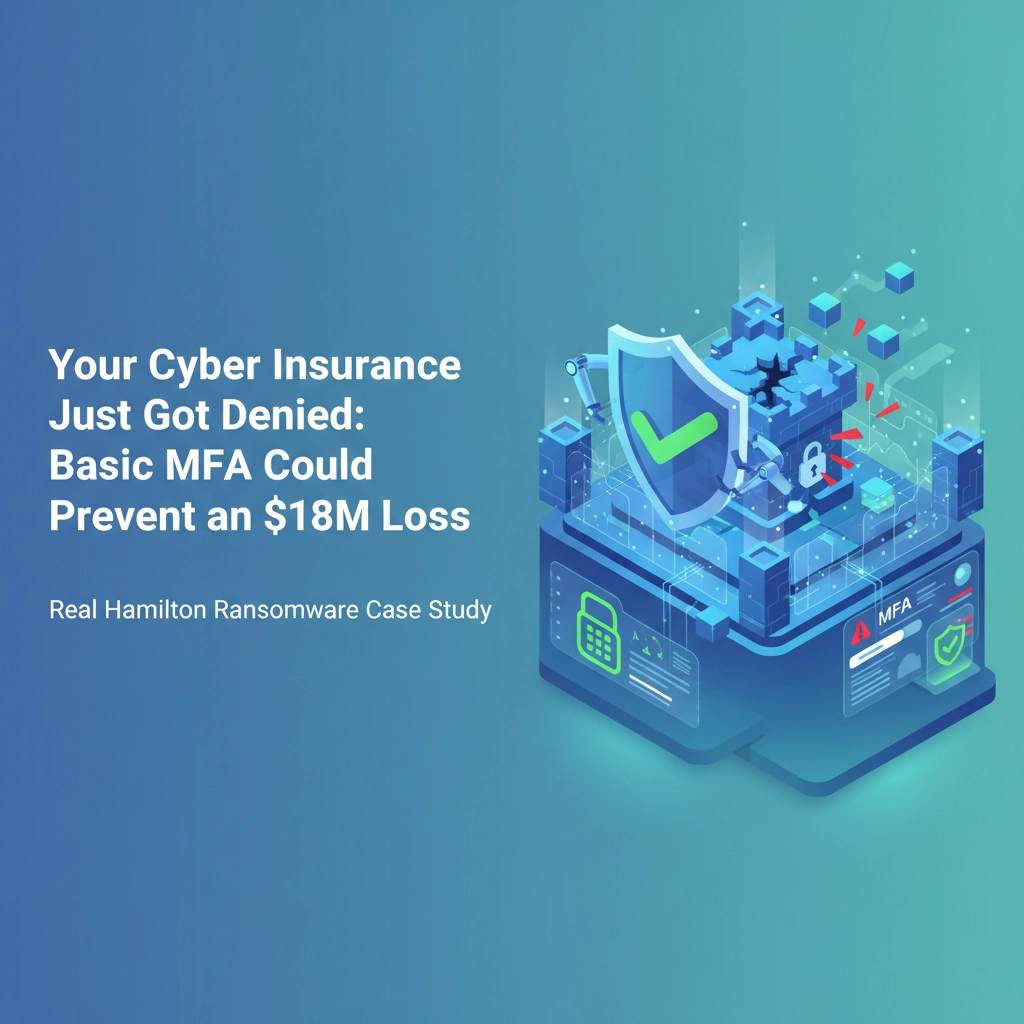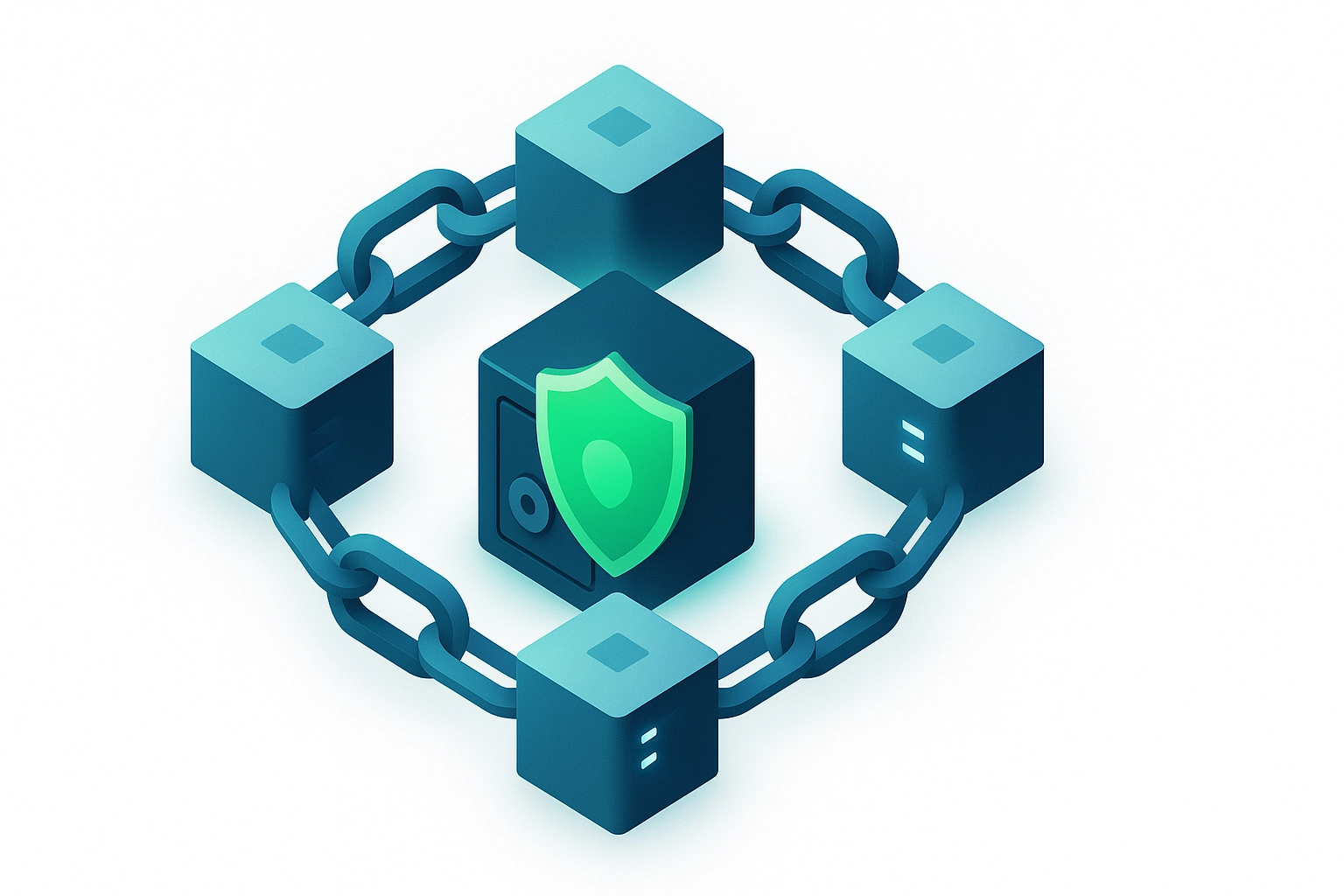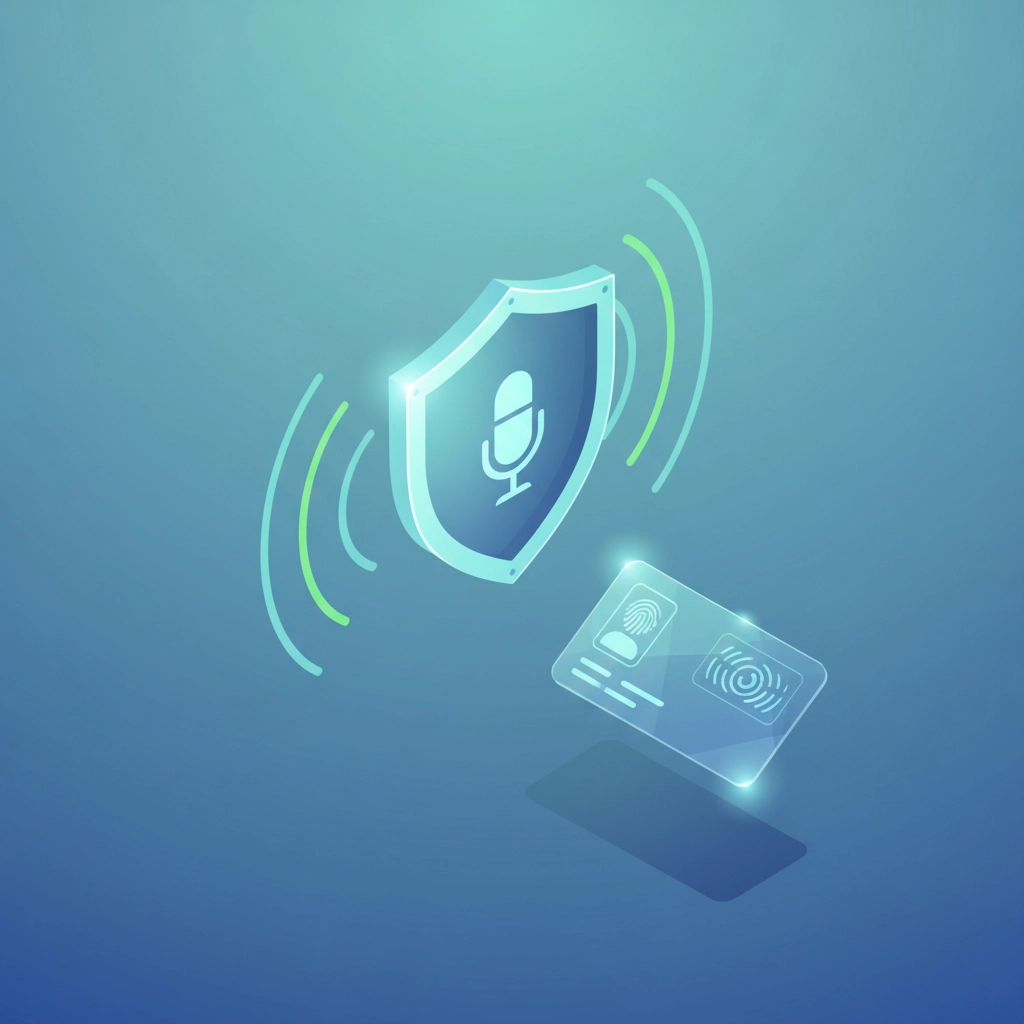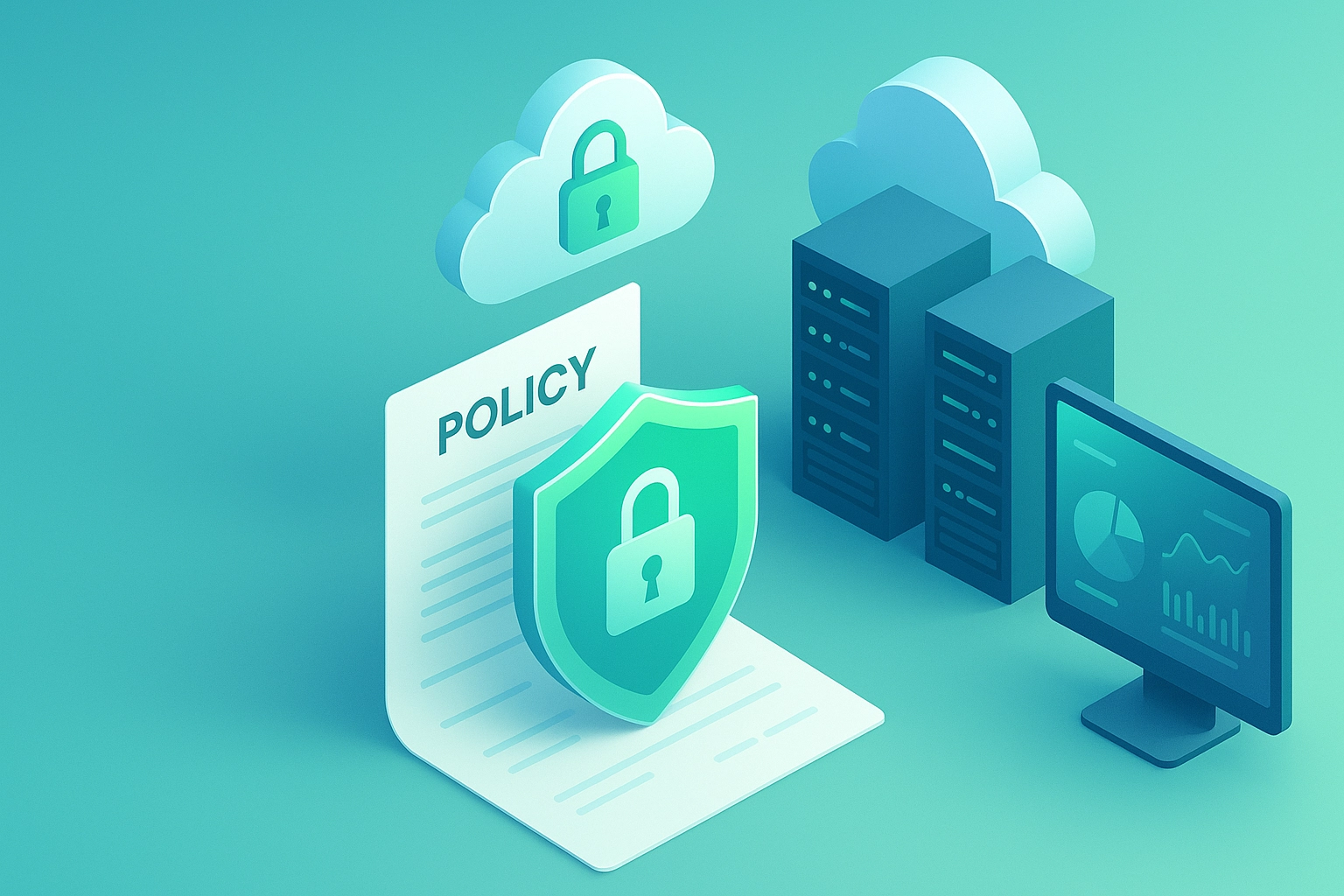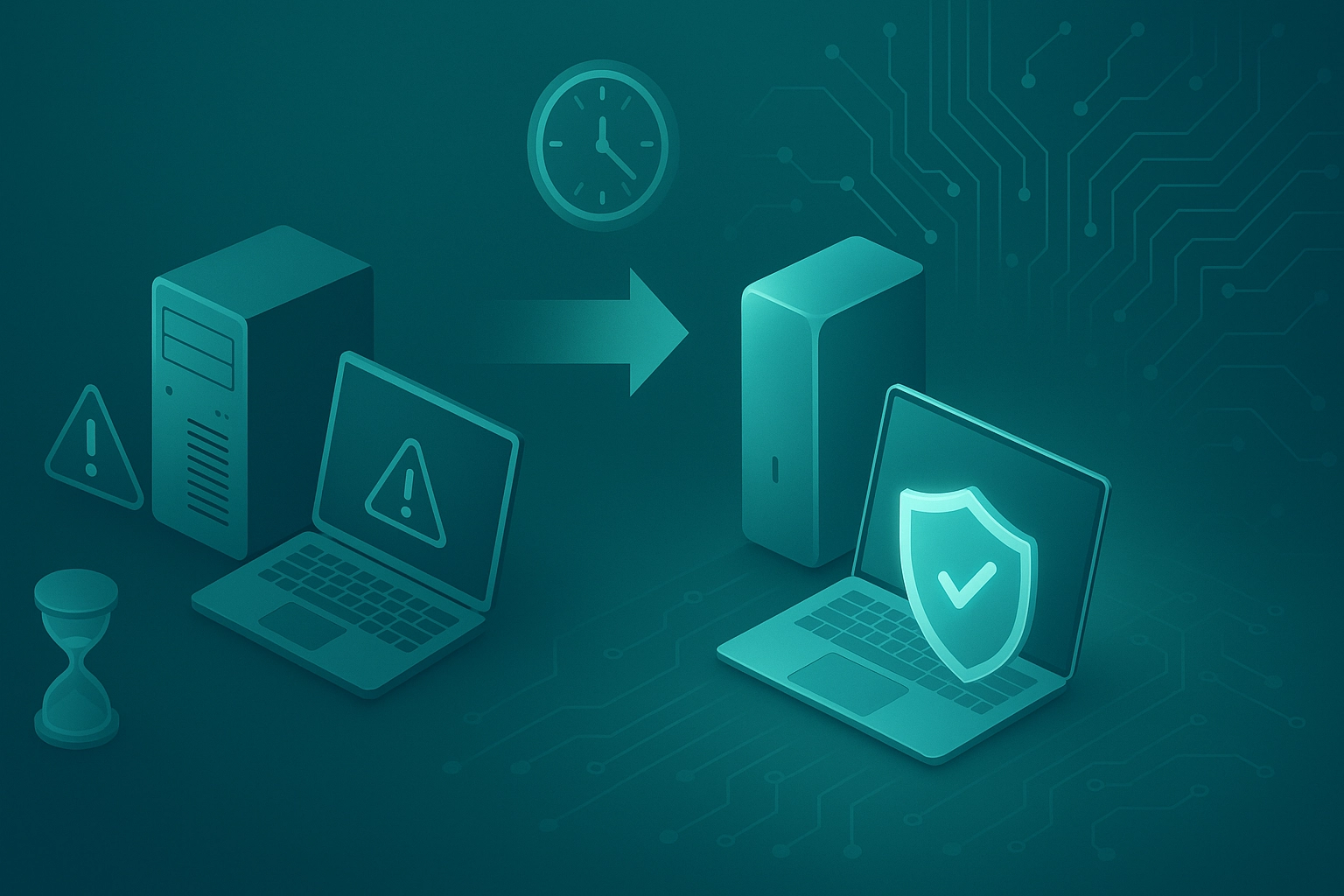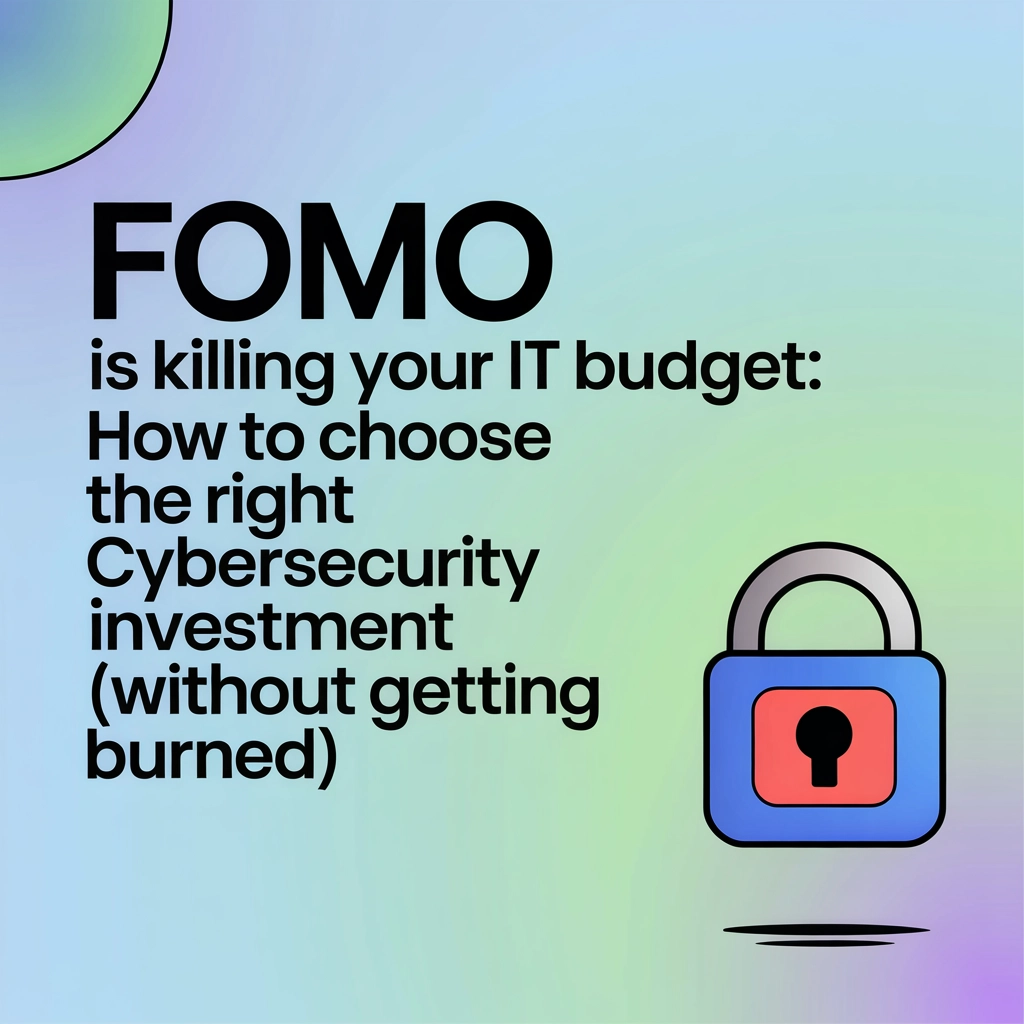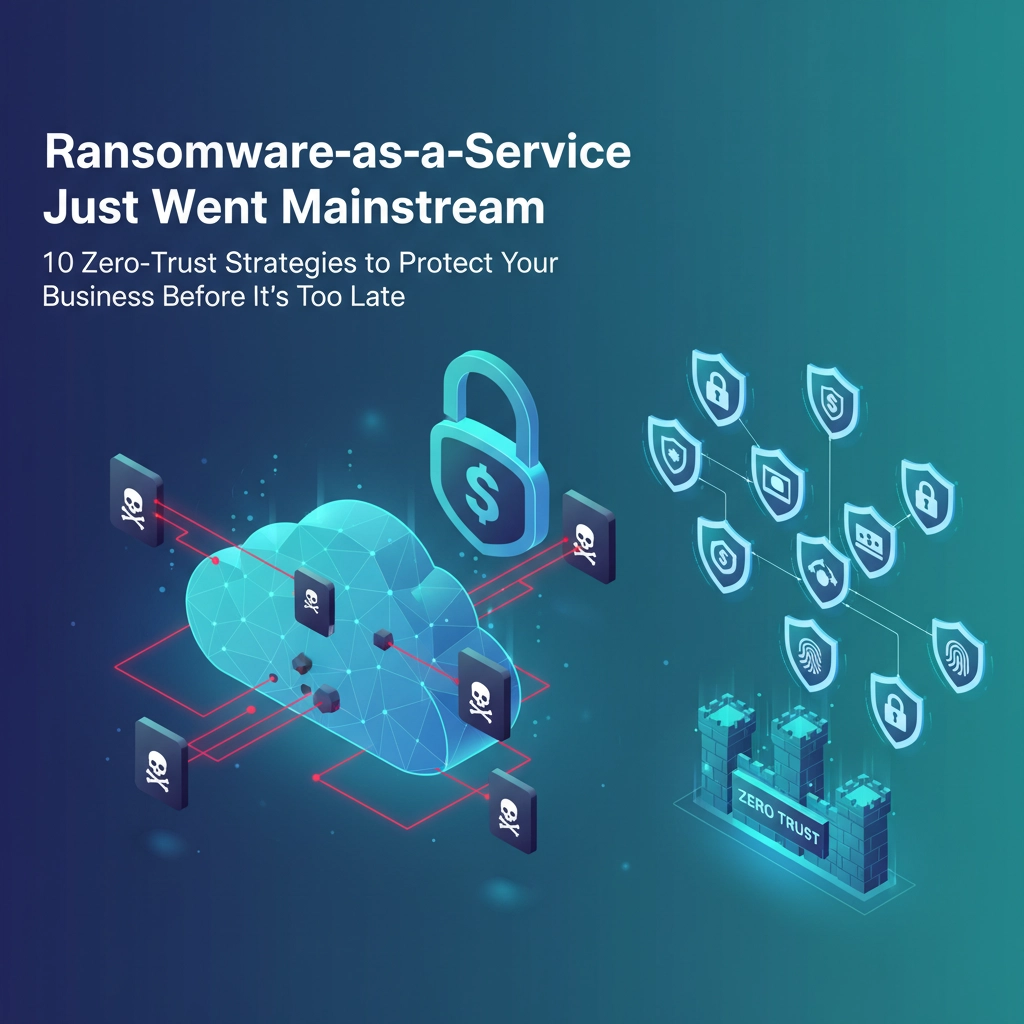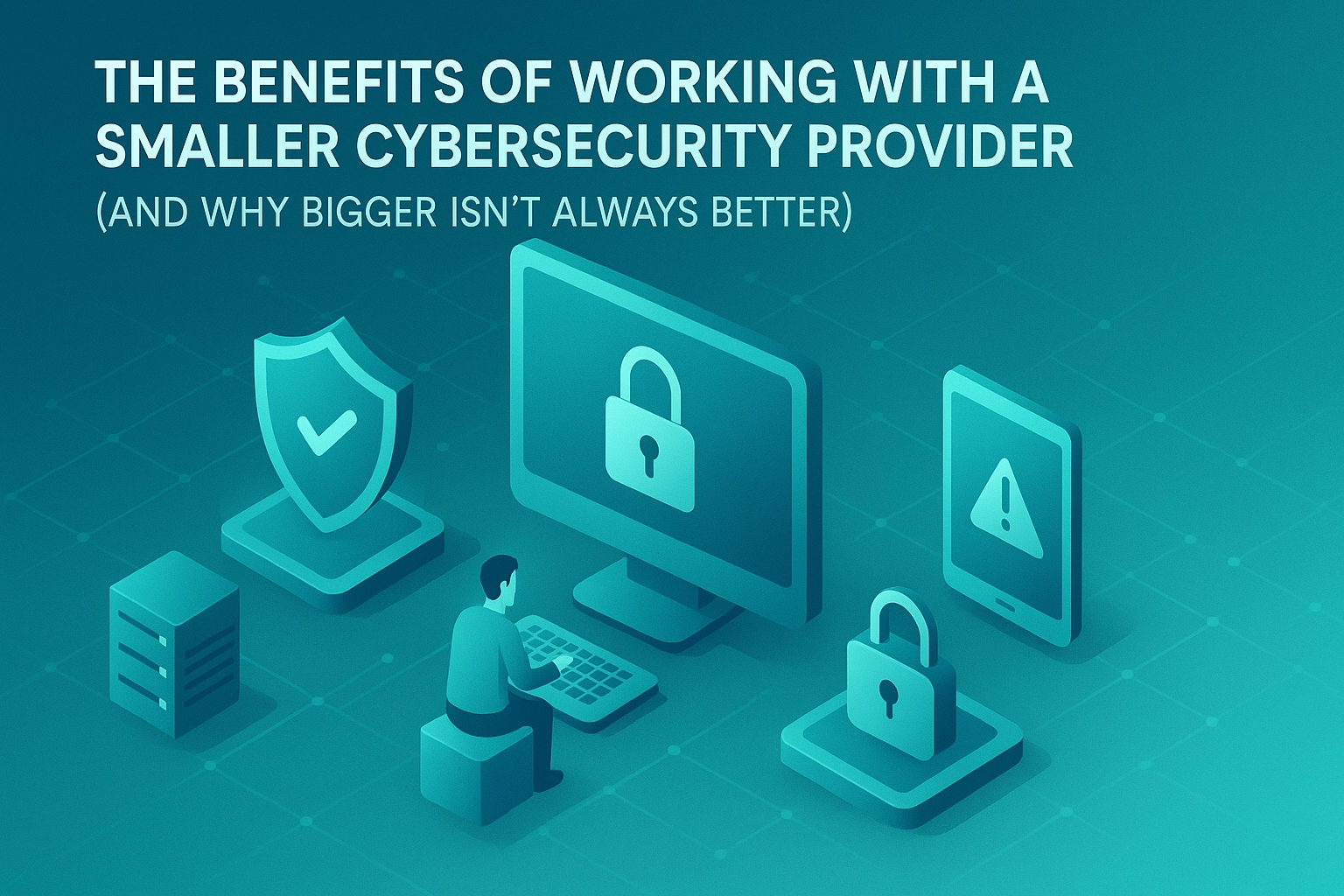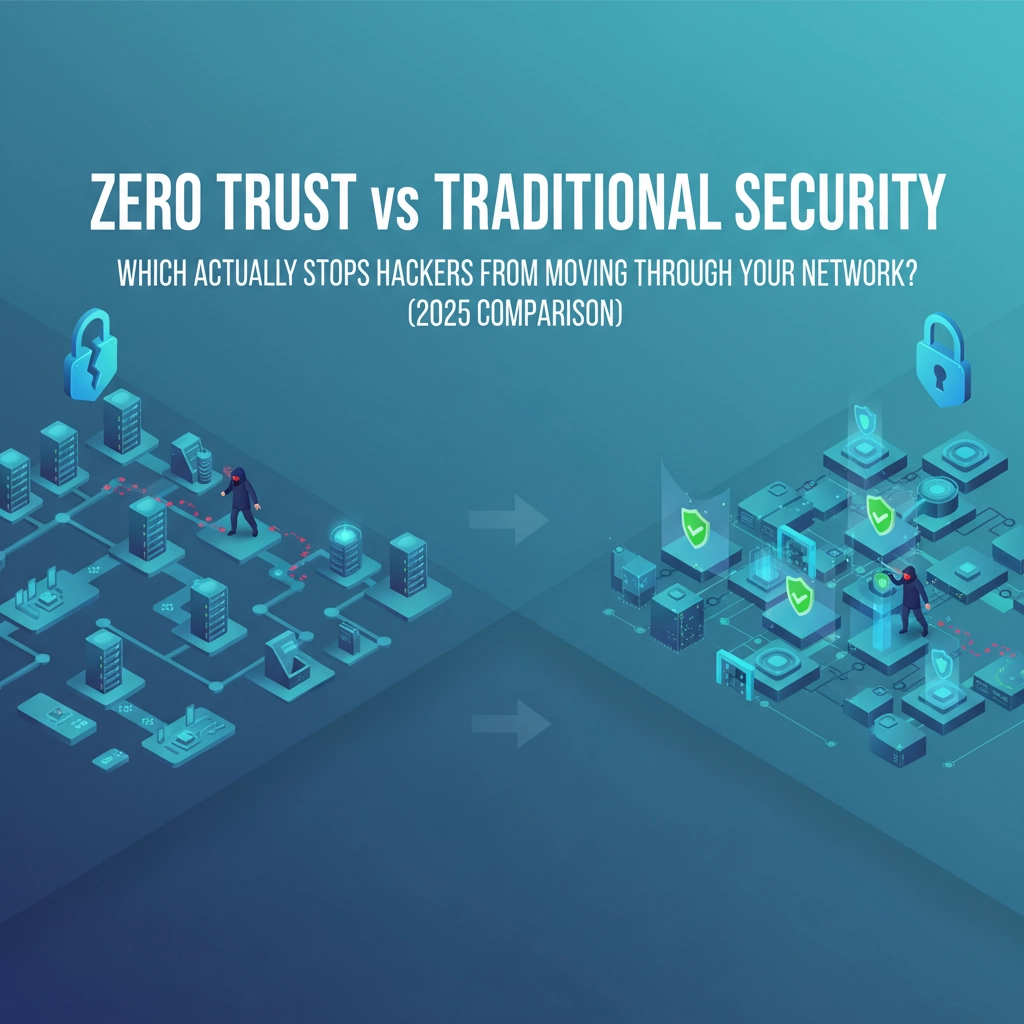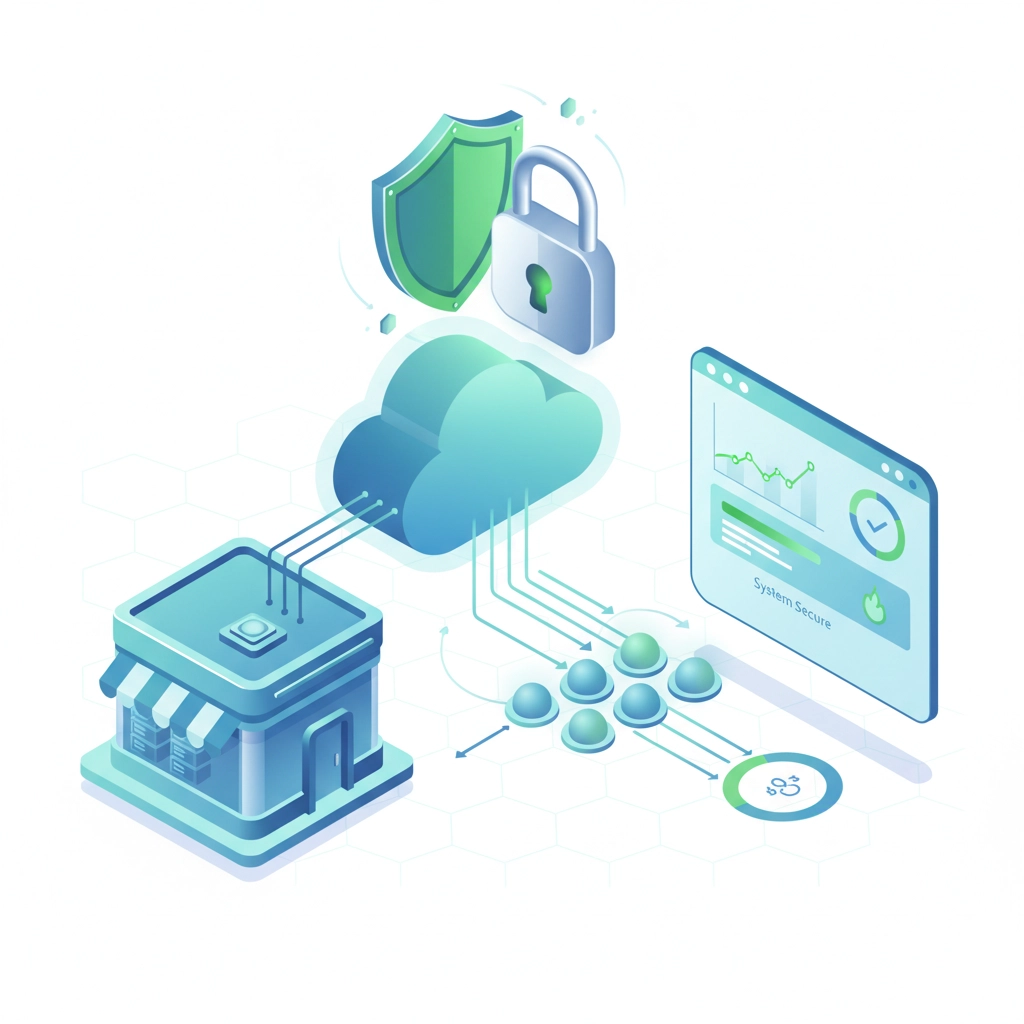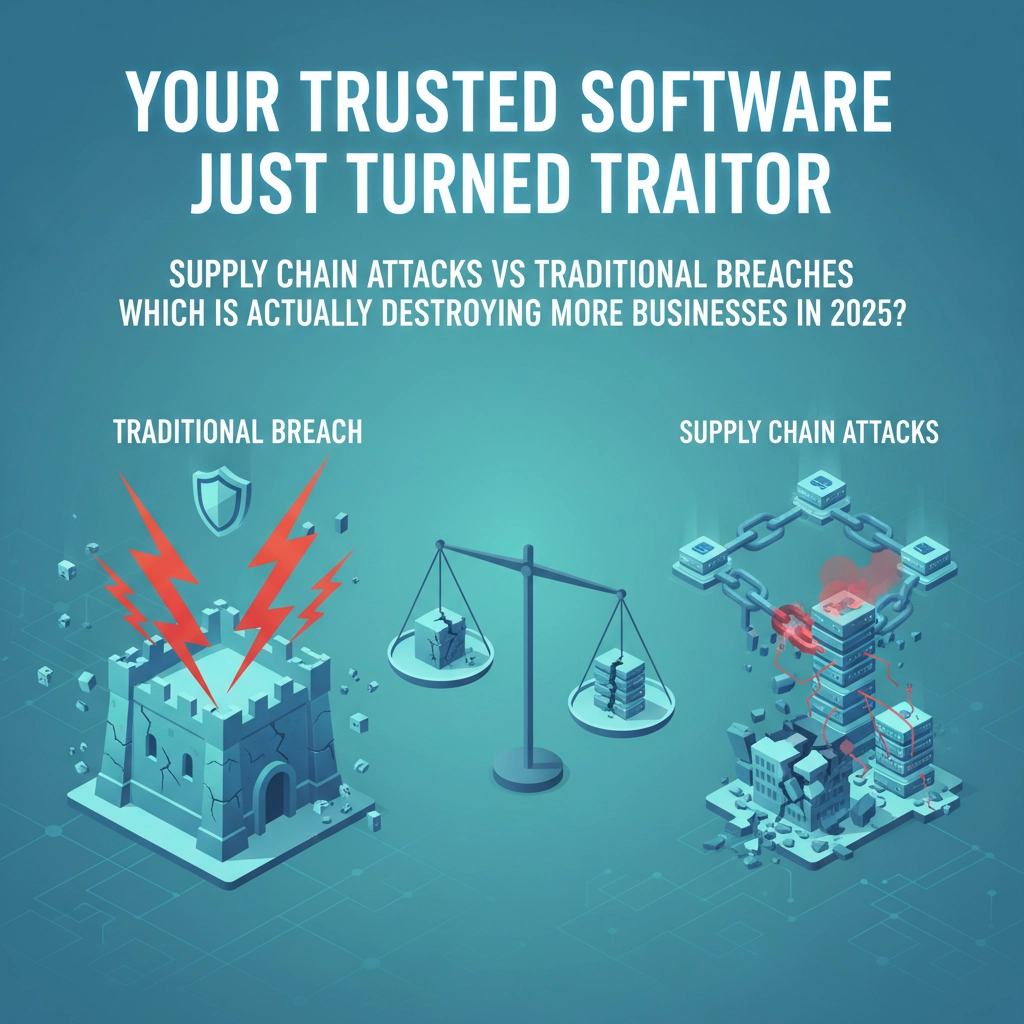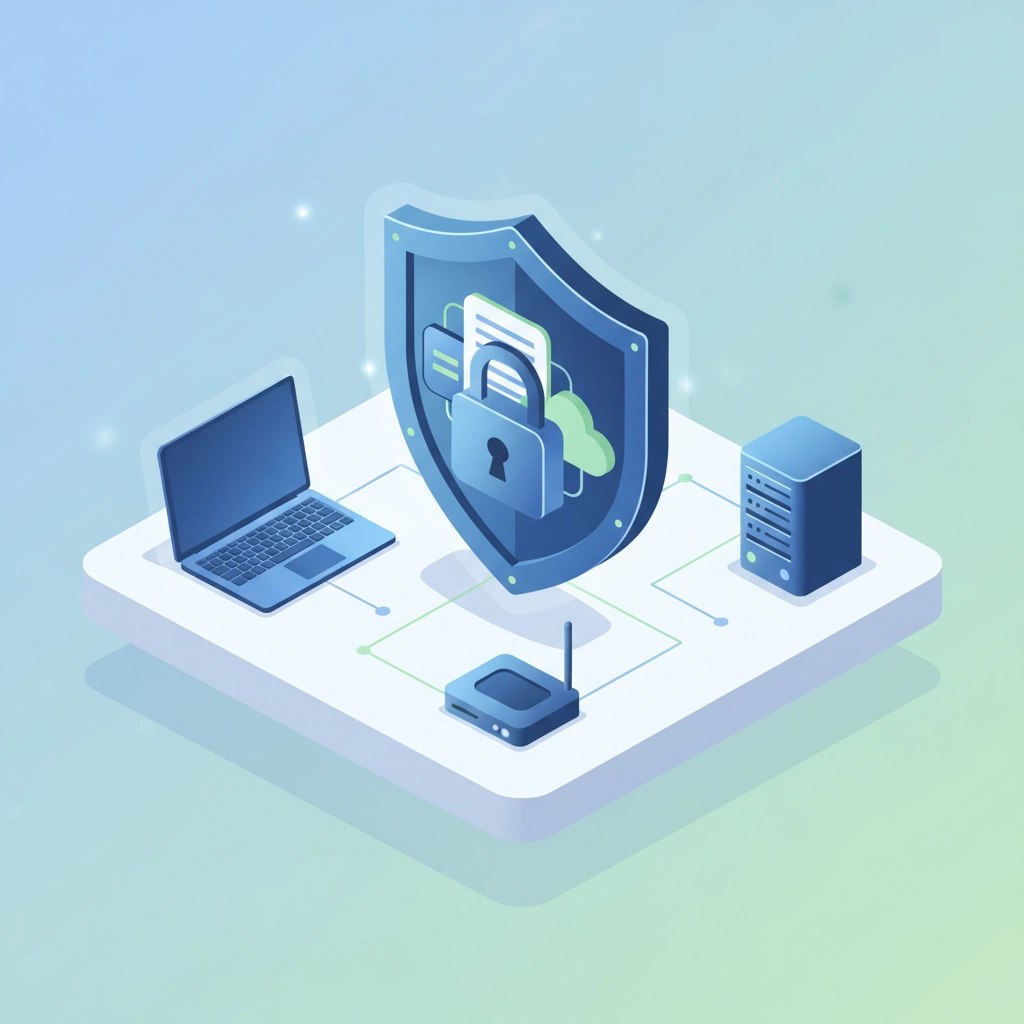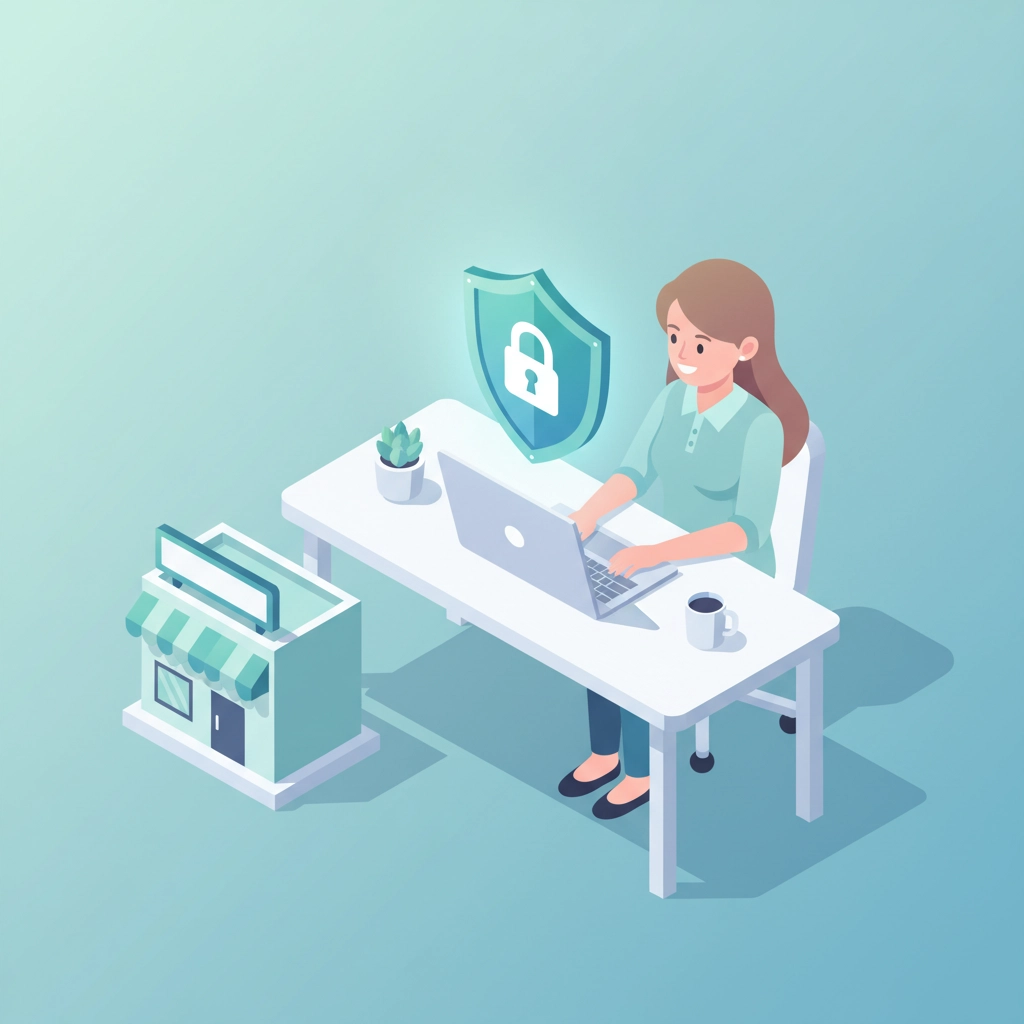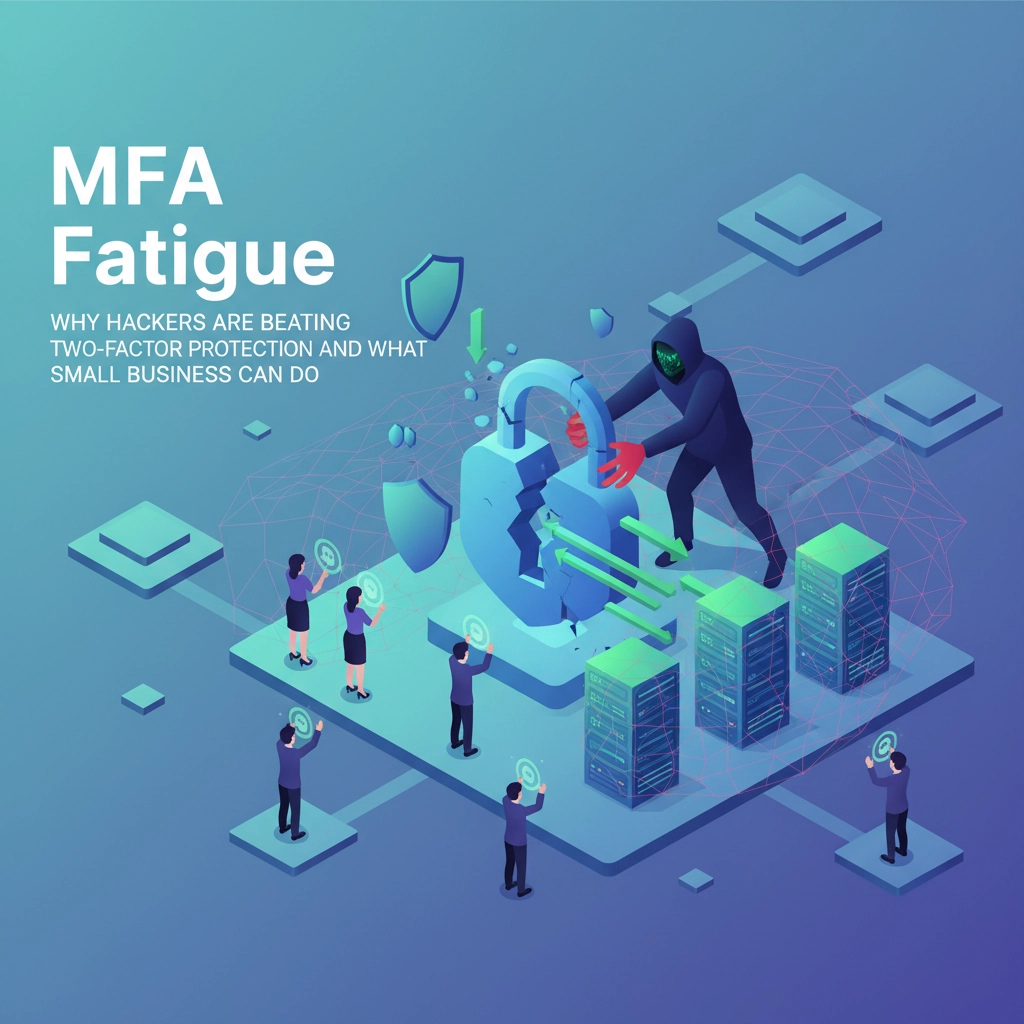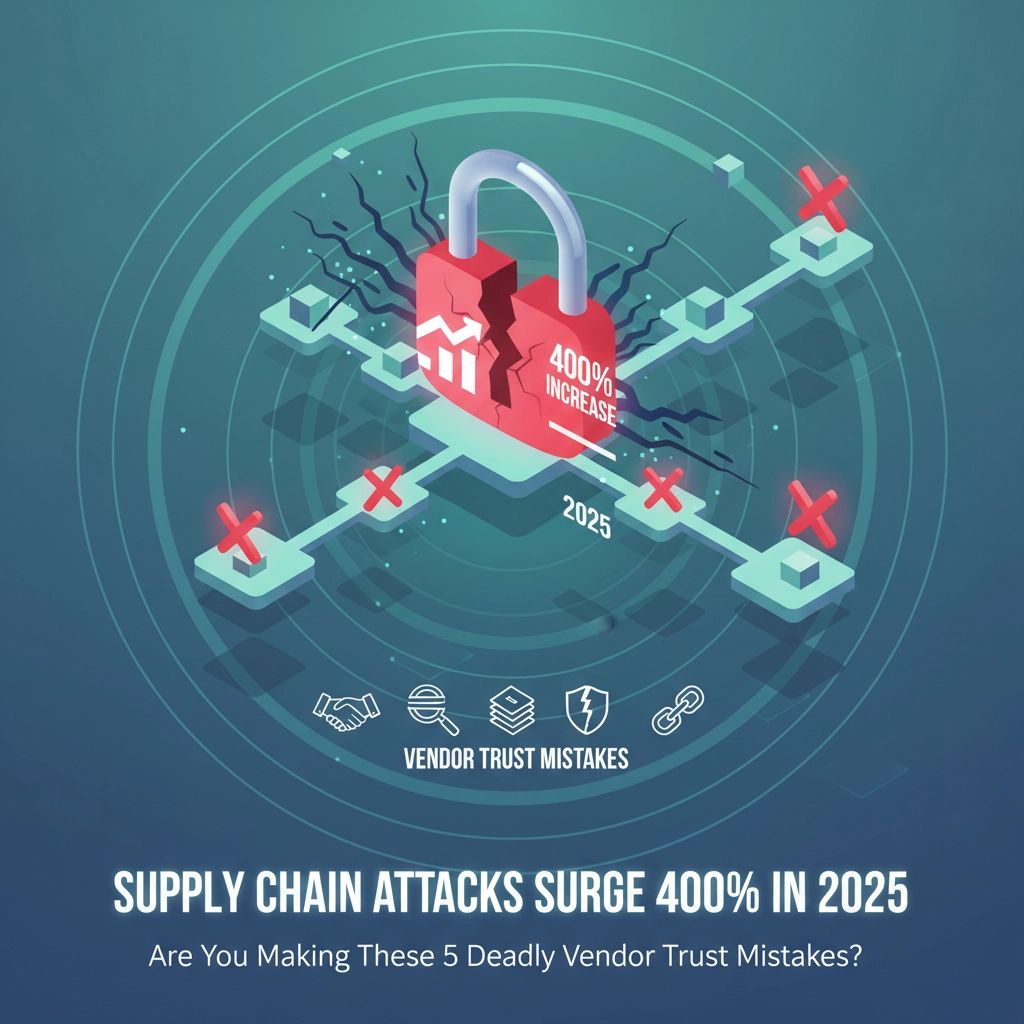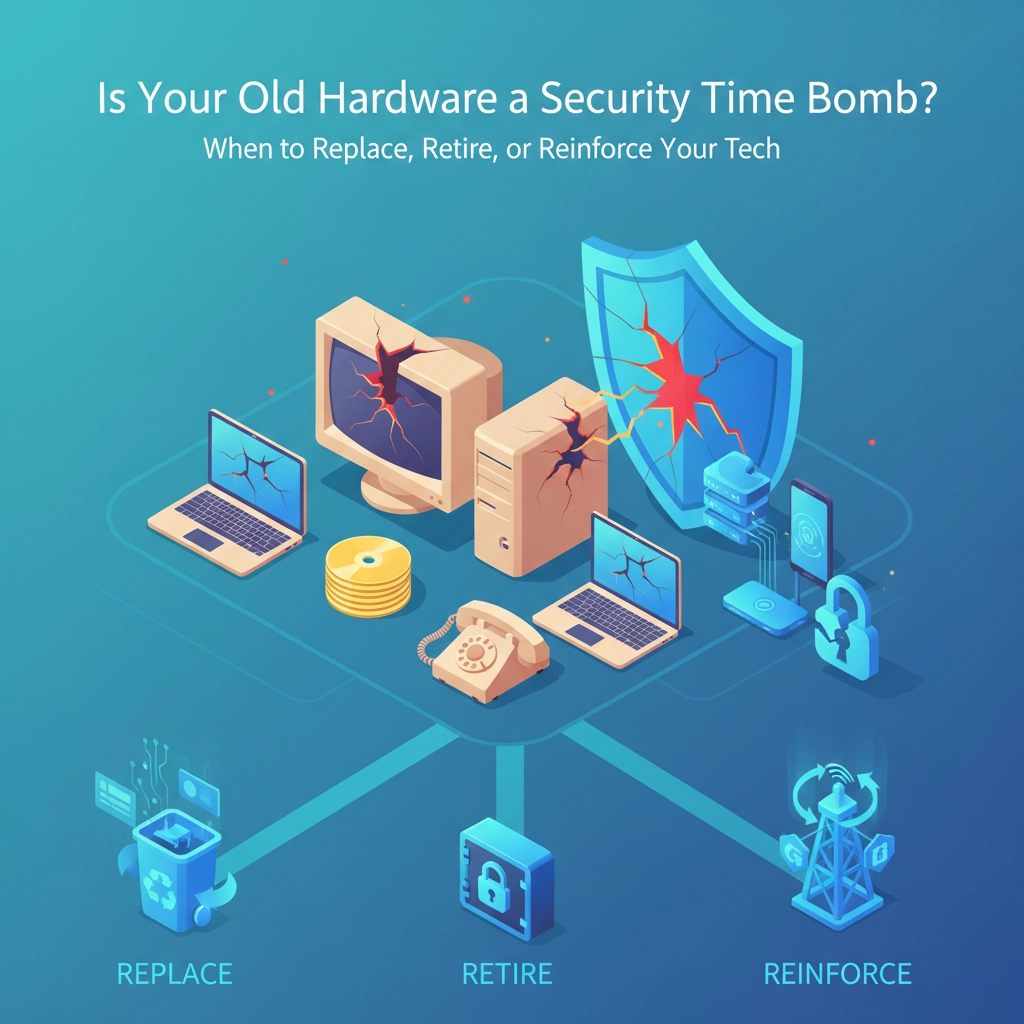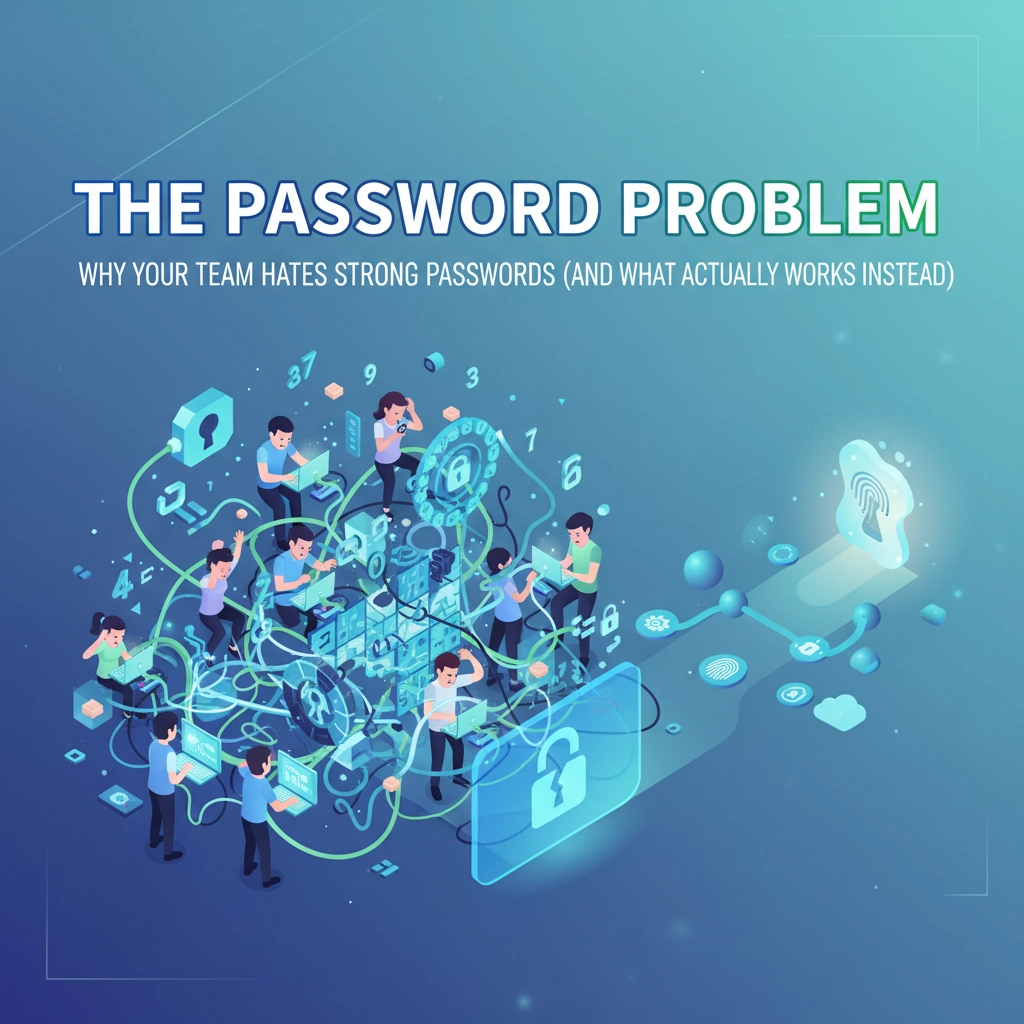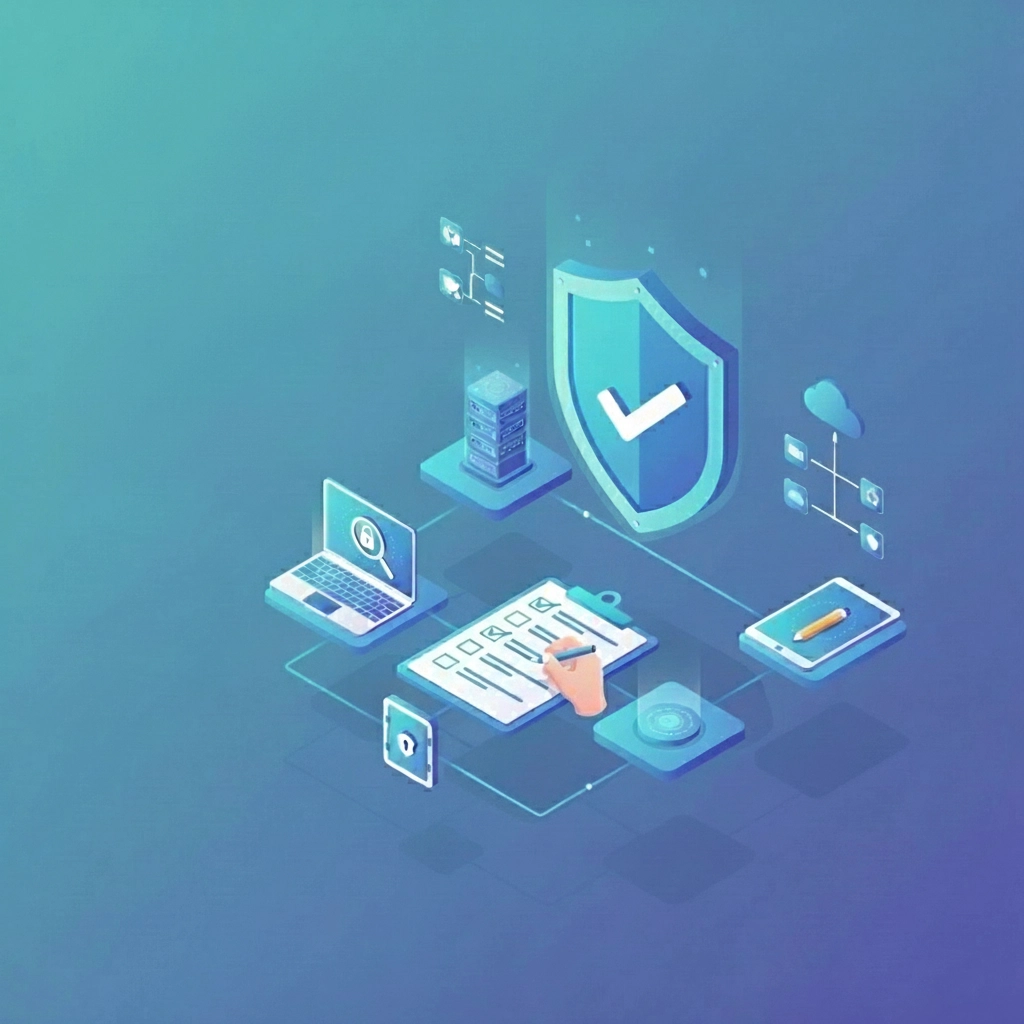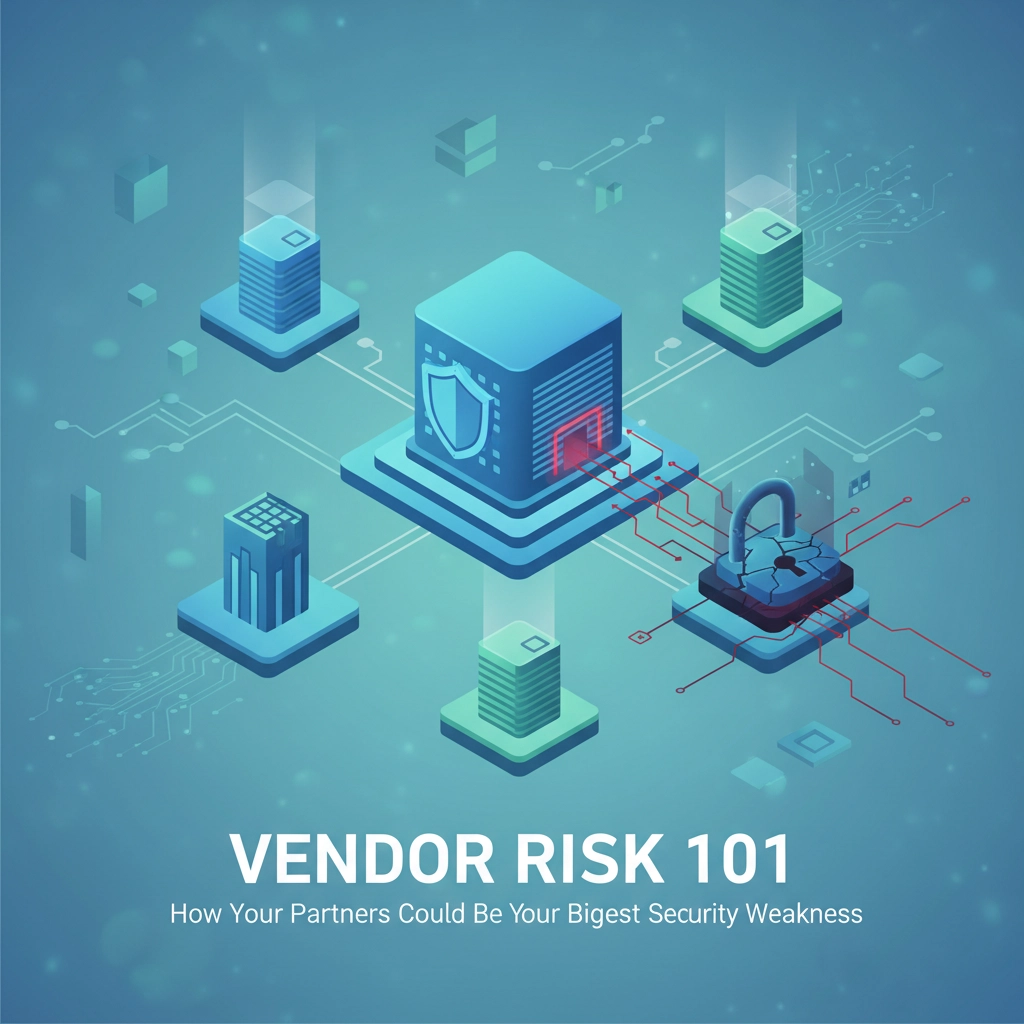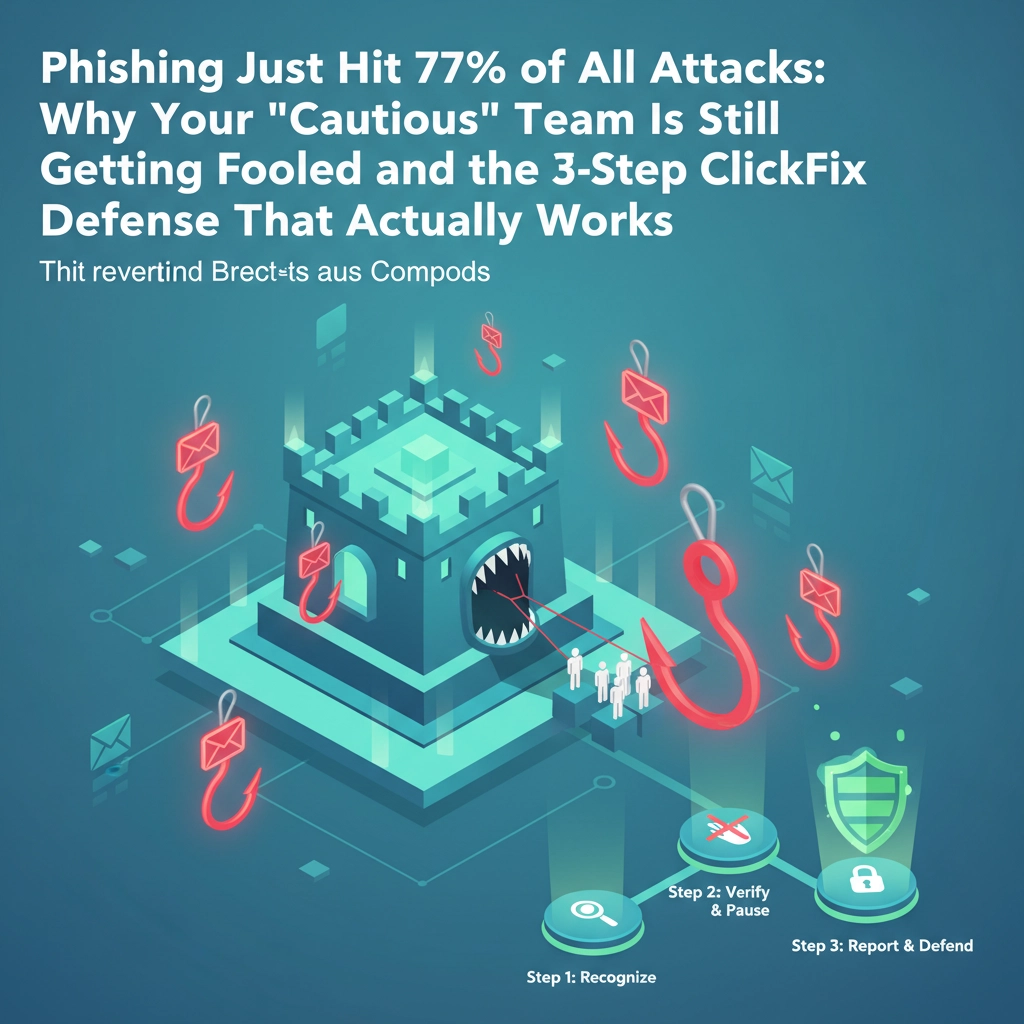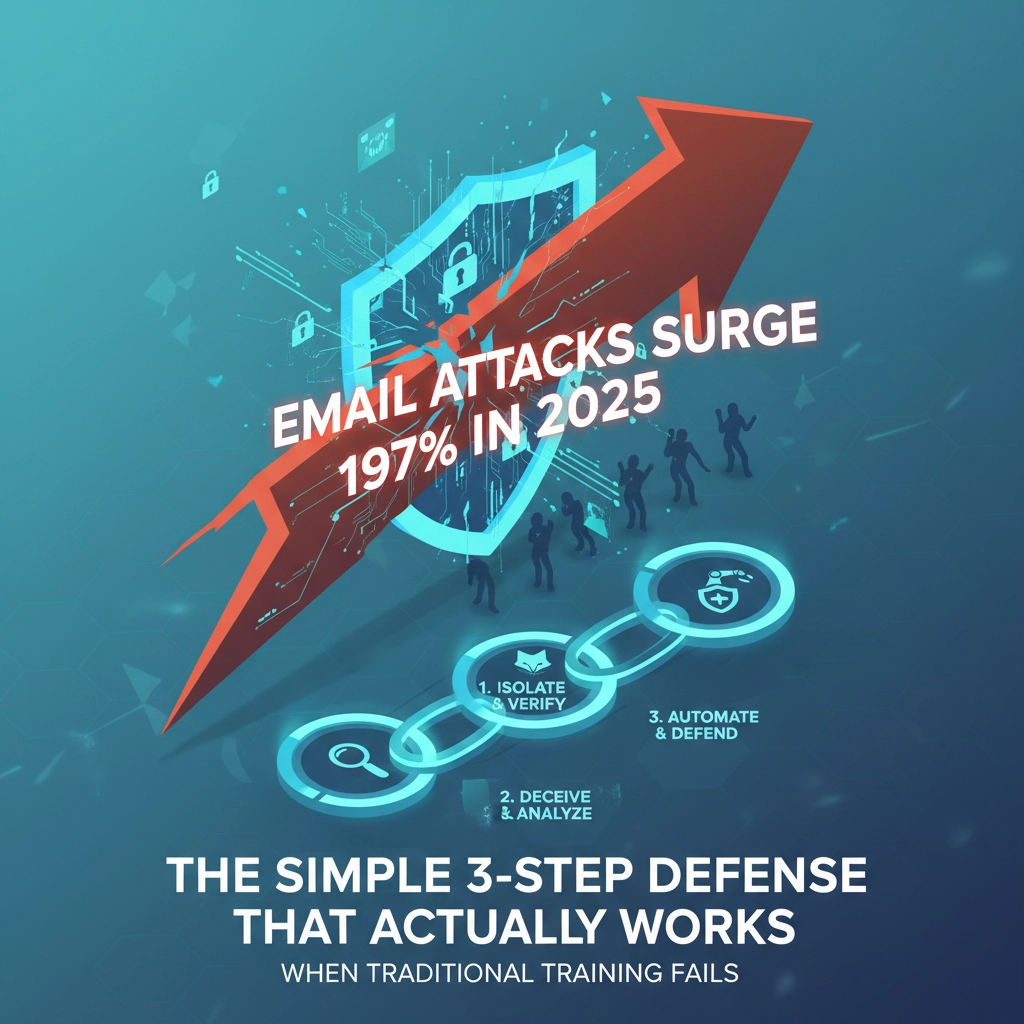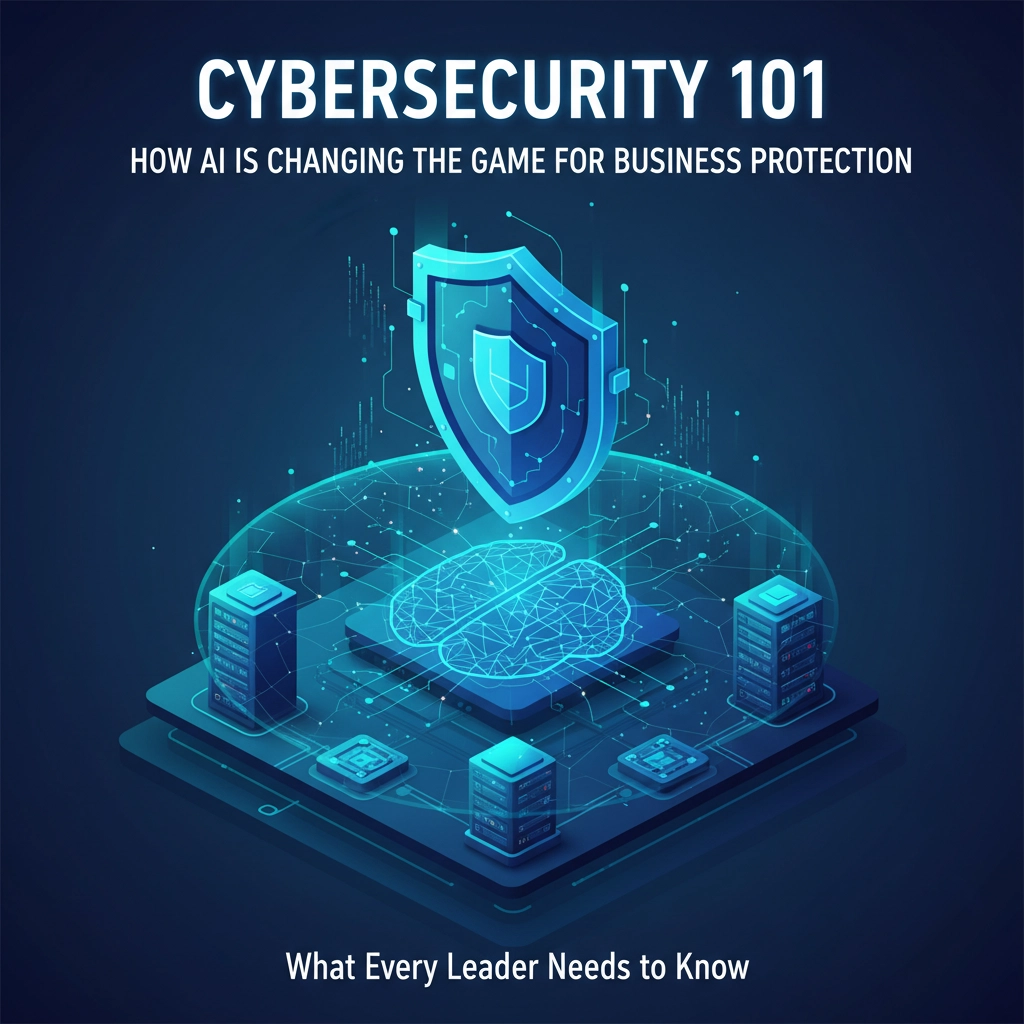Your employees are checking emails during lunch, approving invoices from the parking lot, and accessing company files while traveling. Mobile devices have become the backbone of modern business operations: and cybercriminals know it.
Here's what should keep you awake at night: global cyberattacks are rising by 44% each year, and mobile-targeted phishing now represents about one-third of all identified threats. Even scarier? A single compromised smartphone can give hackers access to your entire company network.
Welcome to 2025, where your biggest security vulnerability might be sitting in your employee's pocket right now.
Why Mobile Devices Became Hacker Heaven
Remember when cybercriminals had to work hard to break into corporate networks? Those days are over. Today's hackers have discovered something much easier: your employees' phones and tablets.
The shift happened gradually, then suddenly. As businesses embraced remote work and mobile-first operations, we created an unprecedented attack surface. Every smartphone accessing company email, every tablet downloading presentations, every mobile app storing business data: they're all potential entry points for cybercriminals.

The numbers are staggering. In just the first quarter of 2025, security researchers documented over one million mobile phishing and social engineering attacks targeting enterprise users. These aren't random attacks: they're sophisticated, targeted campaigns designed to exploit our trust in mobile communications.
The Perfect Storm: Why Mobile Attacks Work So Well
Cybercriminals love mobile devices for five key reasons:
Password Paradise: Most employees use the same passwords across their mobile devices and applications. Crack one password, and you've potentially unlocked their entire digital life: including access to company systems.
Data Goldmines: Mobile phones contain enormous amounts of personal and professional data in easily accessible folders. Contact lists, email archives, document downloads: it's all there waiting to be extracted.
Surveillance Opportunities: A compromised mobile device becomes a perfect spy tool. Hackers can activate cameras and microphones remotely, eavesdropping on sensitive business meetings and conversations without anyone knowing.
Easy Malware Delivery: Mobile platforms make malware distribution simple through malicious apps, unsecured gaming platforms, and third-party software stores that bypass official security controls.
Network Gateways: Once inside a mobile device, hackers can often pivot to access the broader corporate network, especially when employees connect to company Wi-Fi or VPNs.

The AI-Powered Threat Multiplier
If traditional mobile threats weren't scary enough, artificial intelligence has supercharged social engineering attacks. Cybercriminals now use AI to create hyper-personalized phishing messages that are nearly impossible to distinguish from legitimate communications.
These AI-strengthened attacks analyze social media profiles, company websites, and public records to craft messages that seem to come from trusted colleagues, vendors, or clients. They know your employees' names, job titles, current projects, and communication styles.
The result? Even security-aware employees are falling for these sophisticated deceptions at alarming rates.
5 Easy Ways to Secure Your Mobile Front Line
The good news? You don't need a massive IT budget to dramatically improve your mobile security posture. Here are five practical steps any business can implement right away:
1. Deploy Mobile Device Management (MDM) Solutions
Think of MDM as your mission control for mobile security. These platforms give you centralized visibility and control over all company mobile devices, whether they're company-owned or employee personal devices used for work.
Modern MDM solutions can:
- Monitor devices for suspicious activity in real-time
- Remotely wipe company data if a device is lost or compromised
- Enforce security policies like screen locks and encryption
- Block access to risky apps or websites
- Push critical security updates automatically
Many MDM providers offer affordable plans specifically designed for small and medium businesses. The investment pays for itself the first time you need to remotely secure a lost device or detect a security breach early.

2. Strengthen Authentication Beyond Basic Features
While Face ID and Touch ID provide basic security, they're not enough for business data protection. Implement multi-factor authentication (MFA) that goes beyond built-in device features.
Effective mobile MFA strategies include:
- App-based authenticators like Google Authenticator or Microsoft Authenticator
- SMS-based verification codes for critical applications
- Hardware security keys for high-privilege accounts
- Biometric authentication combined with PIN codes
The key is creating multiple verification layers. Even if one factor is compromised, your data remains protected.
3. Establish Strict App Security Protocols
Not all apps are created equal. Malicious applications disguised as legitimate business tools are a common attack vector. Create clear policies around app downloads and usage.
Your app security protocol should include:
- Restricting downloads to official app stores only
- Maintaining an approved app whitelist for business use
- Regular security audits of installed applications
- Immediate removal of apps from blacklisted developers
- Employee training on identifying suspicious app permissions
Consider using mobile application management (MAM) tools that can sandbox business apps, keeping corporate data separate from personal apps on the same device.
4. Secure Network Access Controls
Mobile devices constantly connect to different networks: company Wi-Fi, public hotspots, cellular data, home networks. Each connection is a potential security risk that needs proper management.
Implement these network security measures:
- Automatic VPN connections for all business data access
- Network traffic monitoring and anomaly detection
- Strict controls on public Wi-Fi usage for business activities
- Regular network security assessments and updates
- Clear policies about which networks employees can use for work
Don't forget about Bluetooth and other wireless connections. Many attacks now exploit these seemingly innocent connections to gain device access.
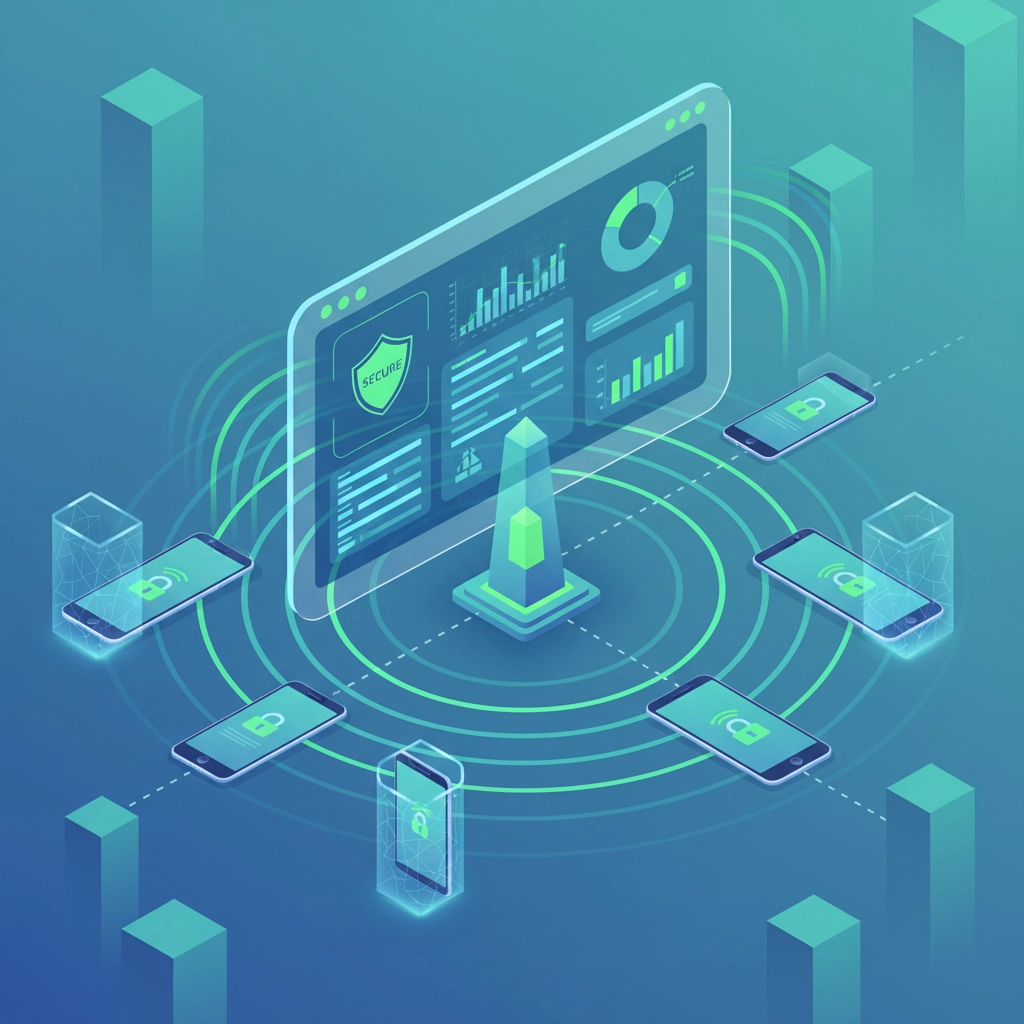
5. Maintain Aggressive Update and Training Programs
This might be the most important step: keeping everything current and keeping employees educated. Cybercriminals constantly evolve their tactics, so your defenses must evolve too.
Your update and training program should include:
- Automated security patch management across all devices
- Monthly security awareness training focused on mobile threats
- Simulated phishing tests using mobile scenarios
- Regular reviews of security policies and procedures
- Incident response drills that include mobile device scenarios
Pay special attention to social engineering training. With AI-powered attacks becoming more sophisticated, employees need to understand current threat tactics and how to respond appropriately.
The Cost of Inaction
Personal data breaches now cost businesses billions of dollars annually, and cybercrime costs are expected to exceed $23 trillion by 2027. For small and medium businesses, a single successful mobile device attack can be financially devastating.
But the costs go beyond immediate financial losses. Consider the long-term impacts:
- Customer trust erosion and reputation damage
- Regulatory compliance violations and fines
- Operational disruption and productivity losses
- Legal liability and potential lawsuits
- Competitive disadvantage due to compromised business intelligence

Your Mobile Security Action Plan
Mobile security isn't optional in 2025: it's a business survival requirement. Every day you delay implementing proper mobile security controls, your organization becomes more vulnerable to sophisticated attacks designed to exploit these devices.
The five strategies outlined above provide a comprehensive foundation for mobile security without requiring massive investments or technical expertise. Start with the basics: deploy MDM, strengthen authentication, control app usage, secure network access, and maintain current updates and training.
Ready to Secure Your Mobile Front Line?
Don't wait for a mobile security breach to force your hand. The time to act is now, while you can implement security measures proactively rather than reactively.
At B&R Computers, we specialize in helping businesses build practical, affordable cybersecurity strategies that actually work. Our team understands the unique challenges facing small and medium businesses, and we know how to implement enterprise-grade mobile security without enterprise budgets.
Take the first step today. Contact us for a free mobile security assessment and discover exactly where your organization's mobile vulnerabilities lie. We'll show you practical, budget-friendly solutions that can dramatically improve your security posture within weeks, not months.
Your mobile devices are either your biggest asset or your biggest liability. Let us help you make sure they're working for you, not against you.
Contact B&R Computers and secure your mobile front line before cybercriminals make it their next breakthrough.

